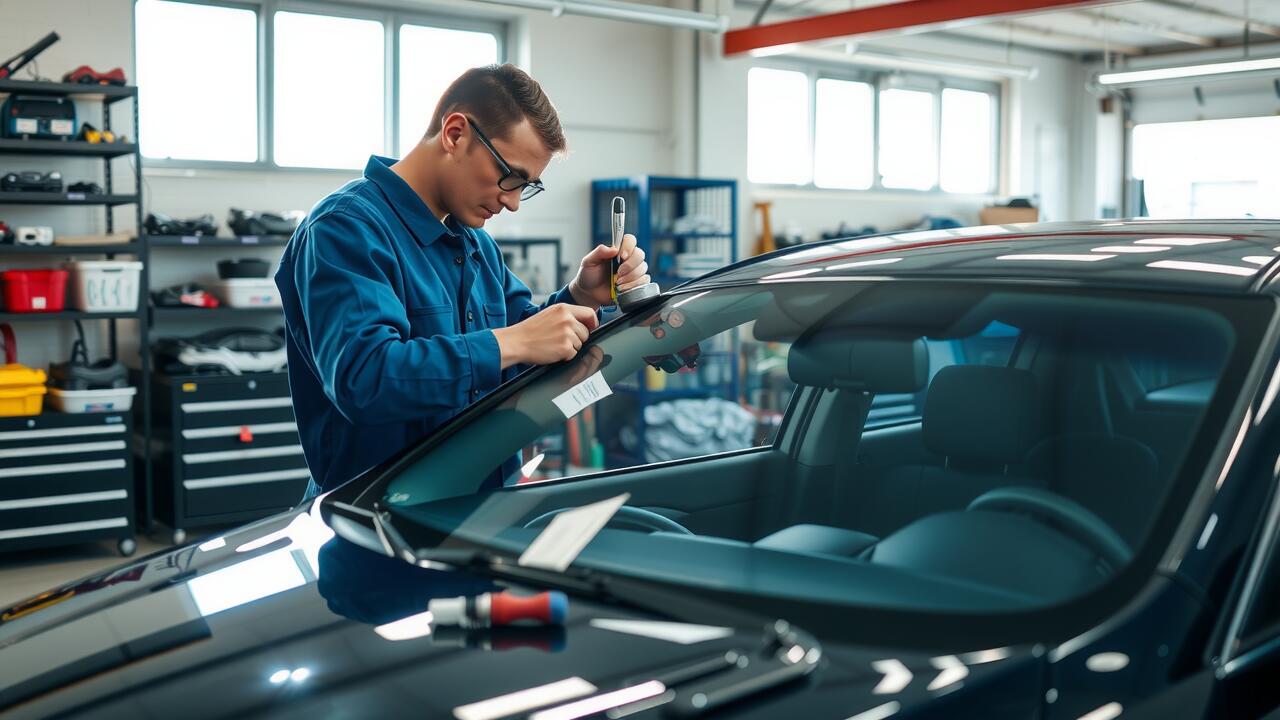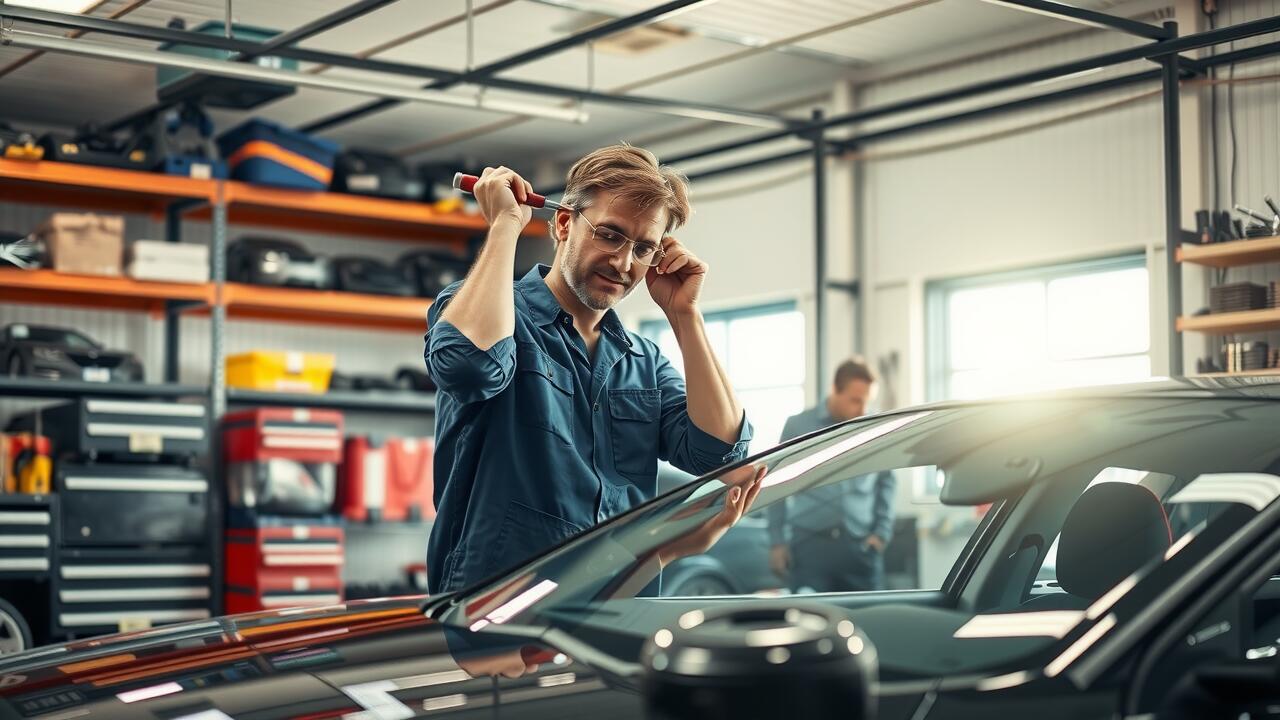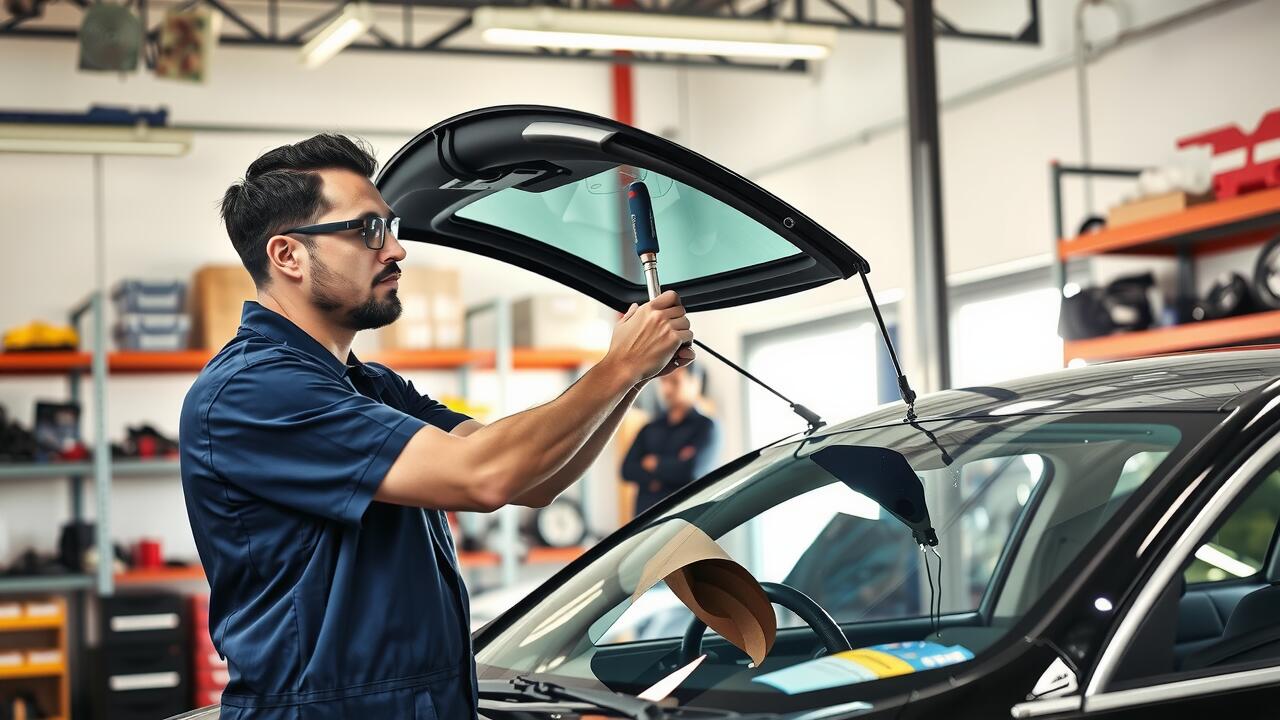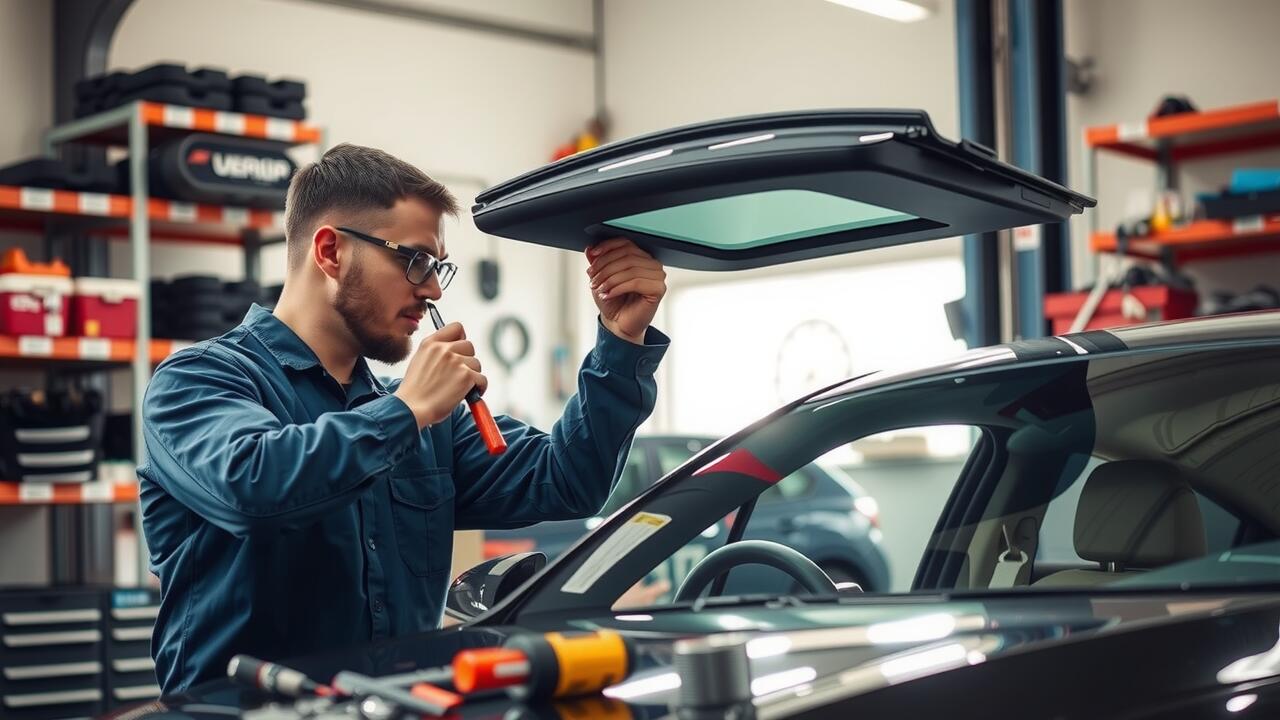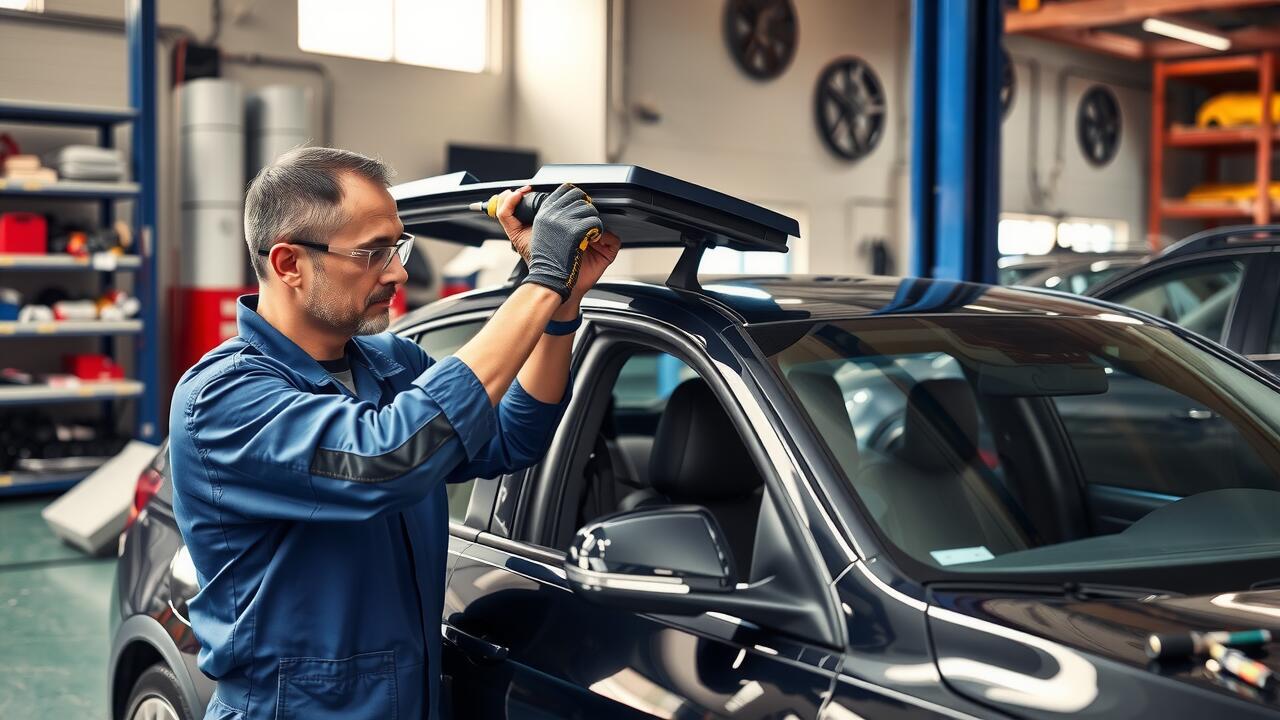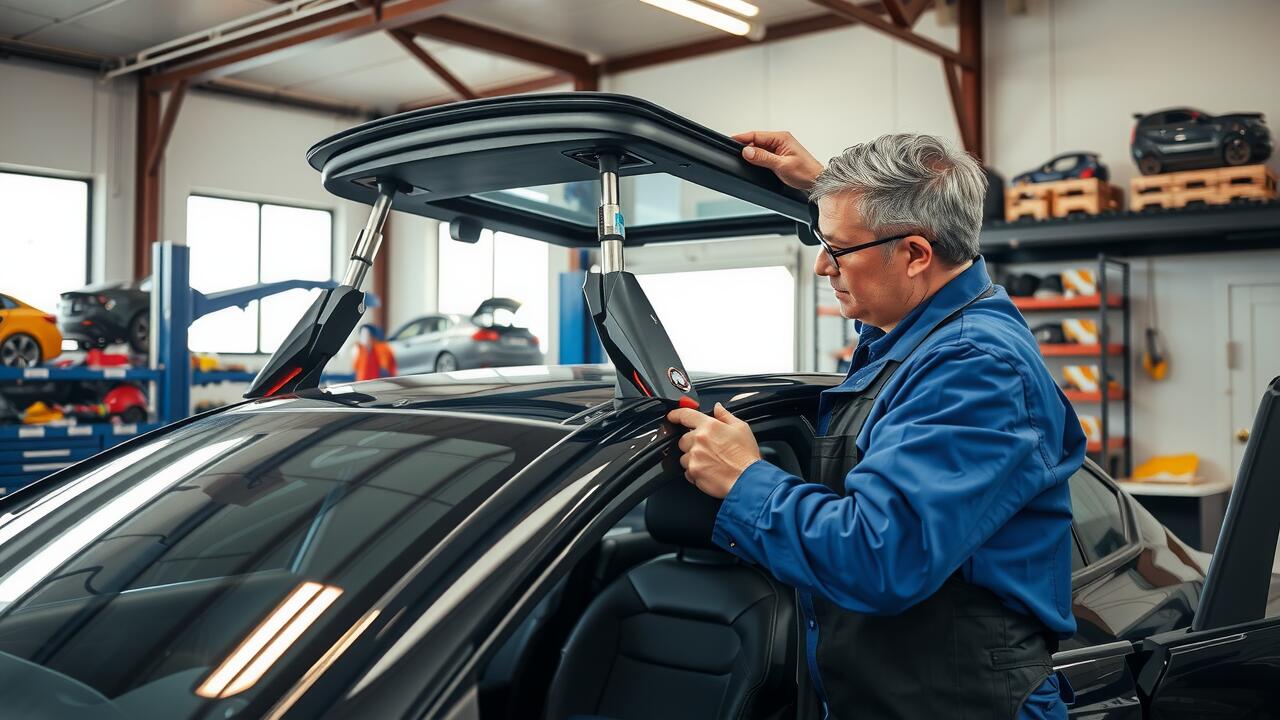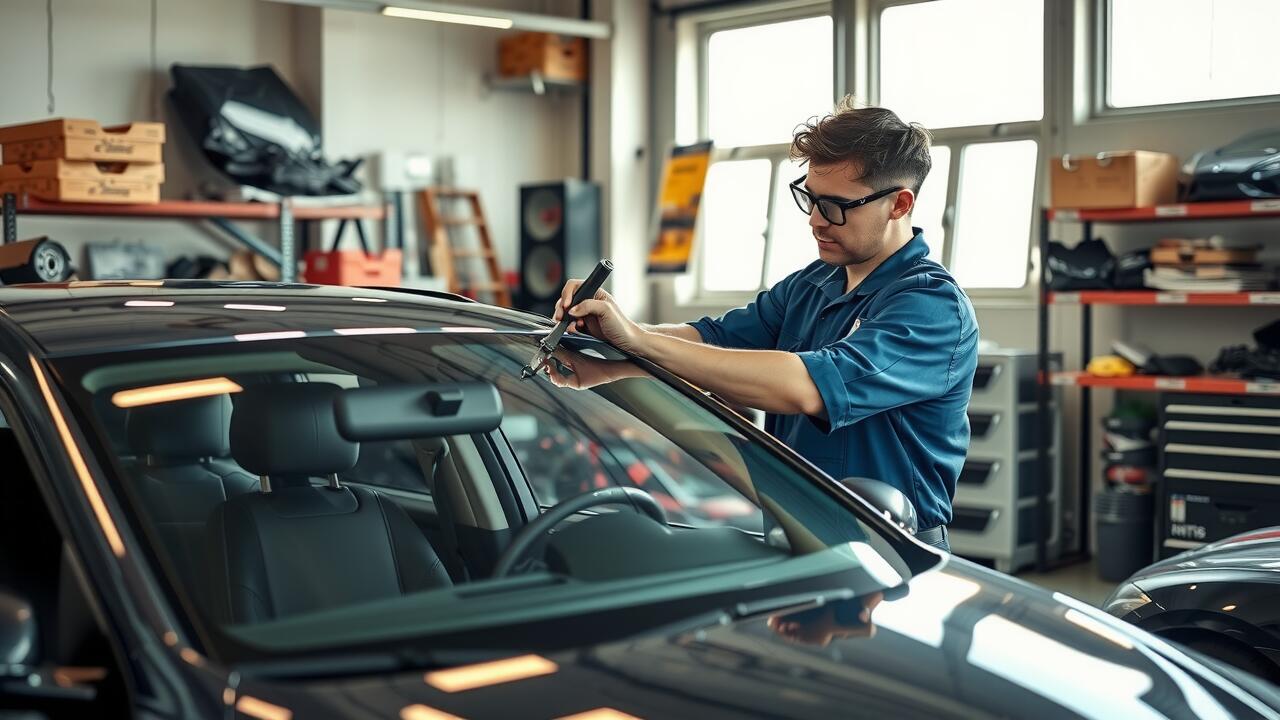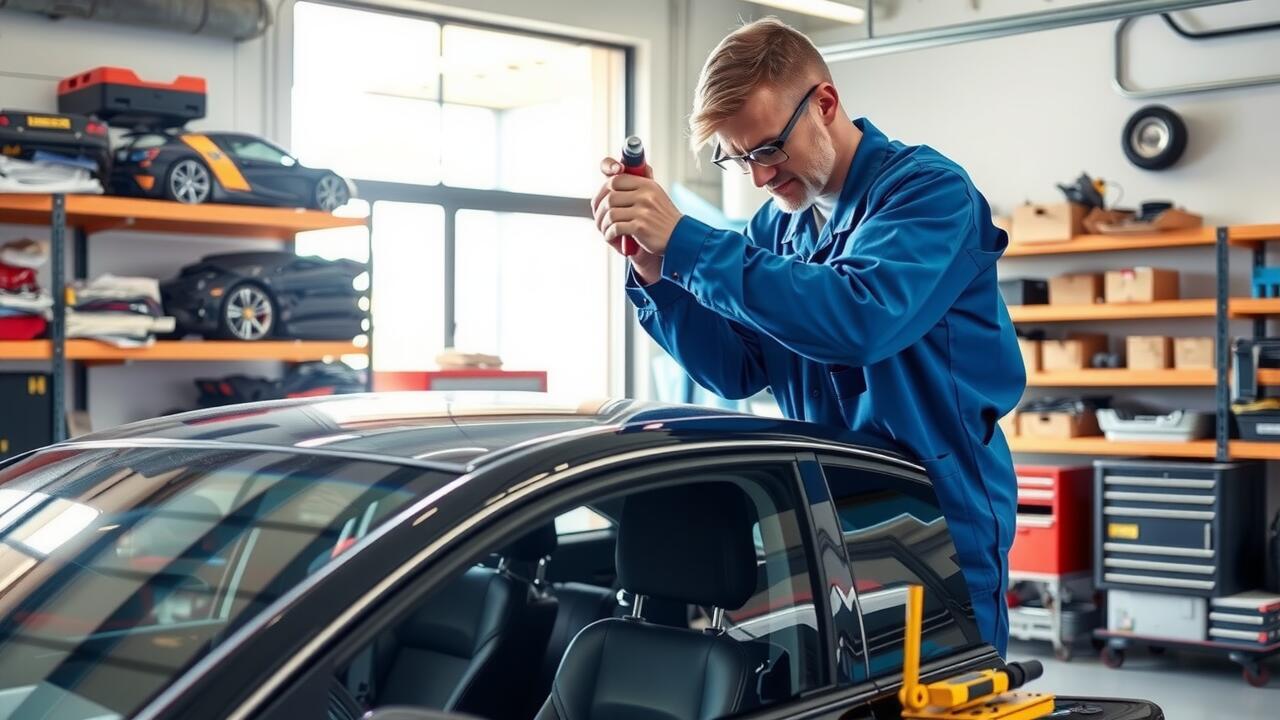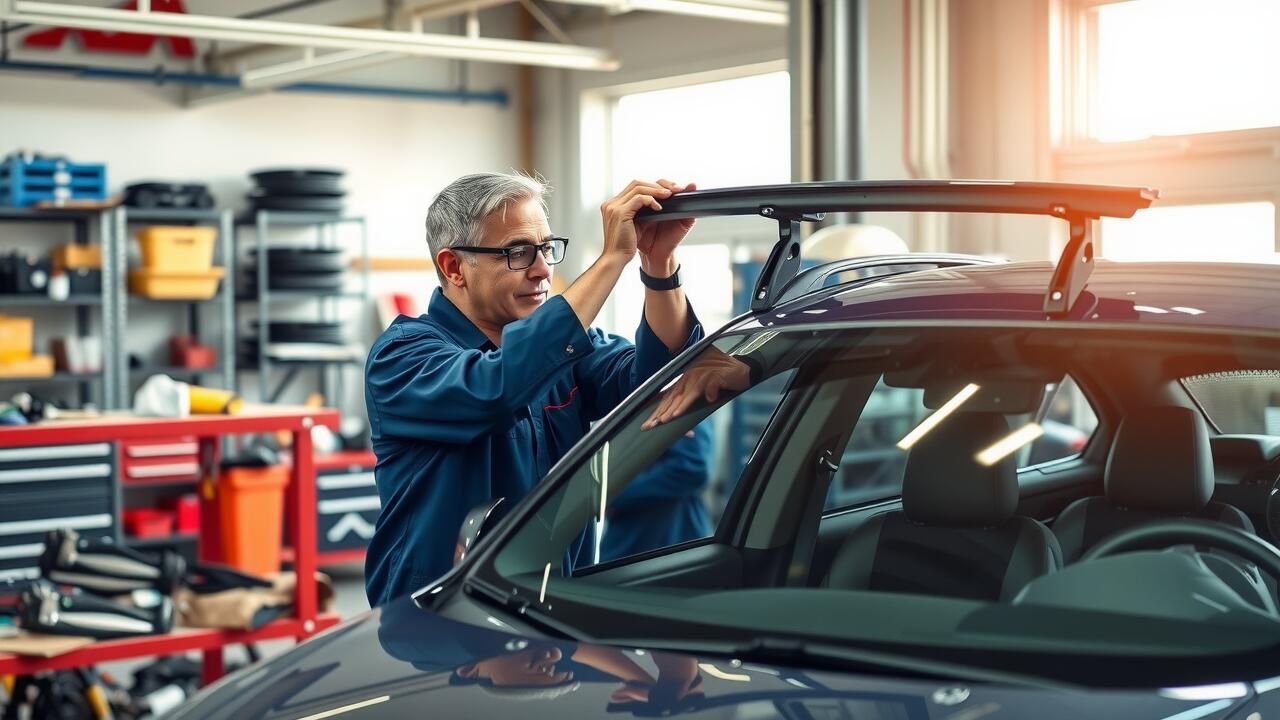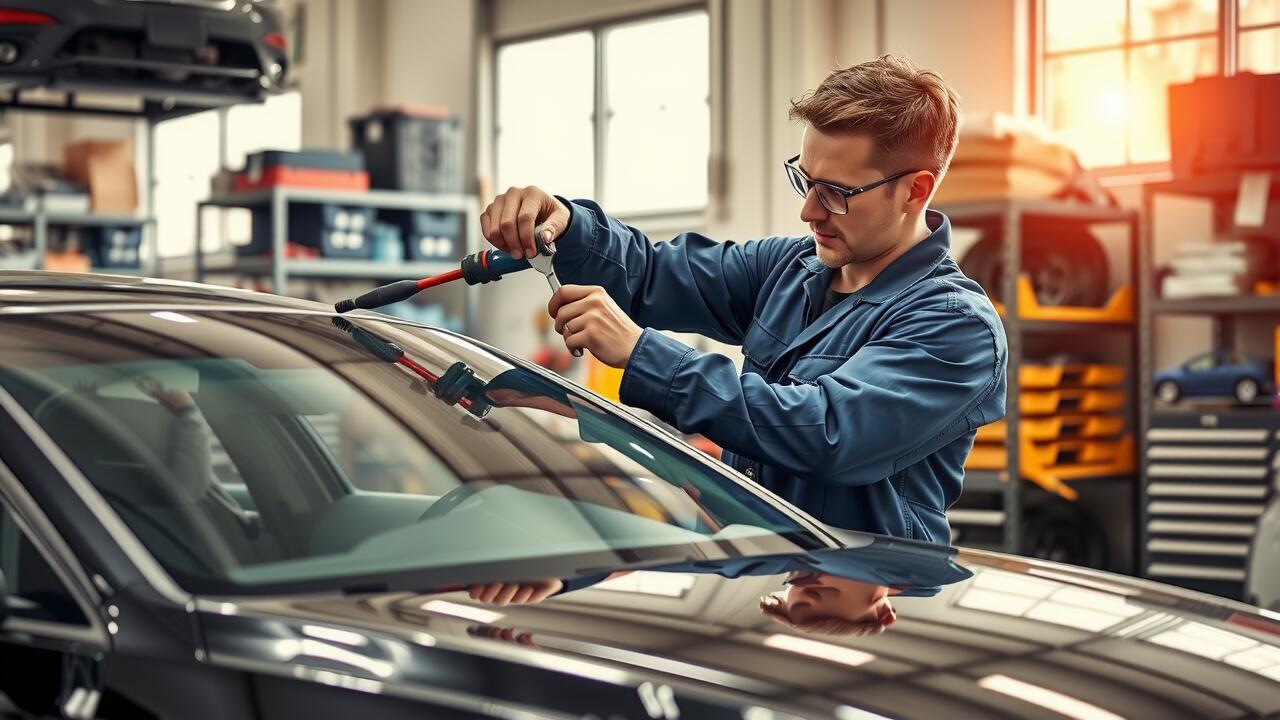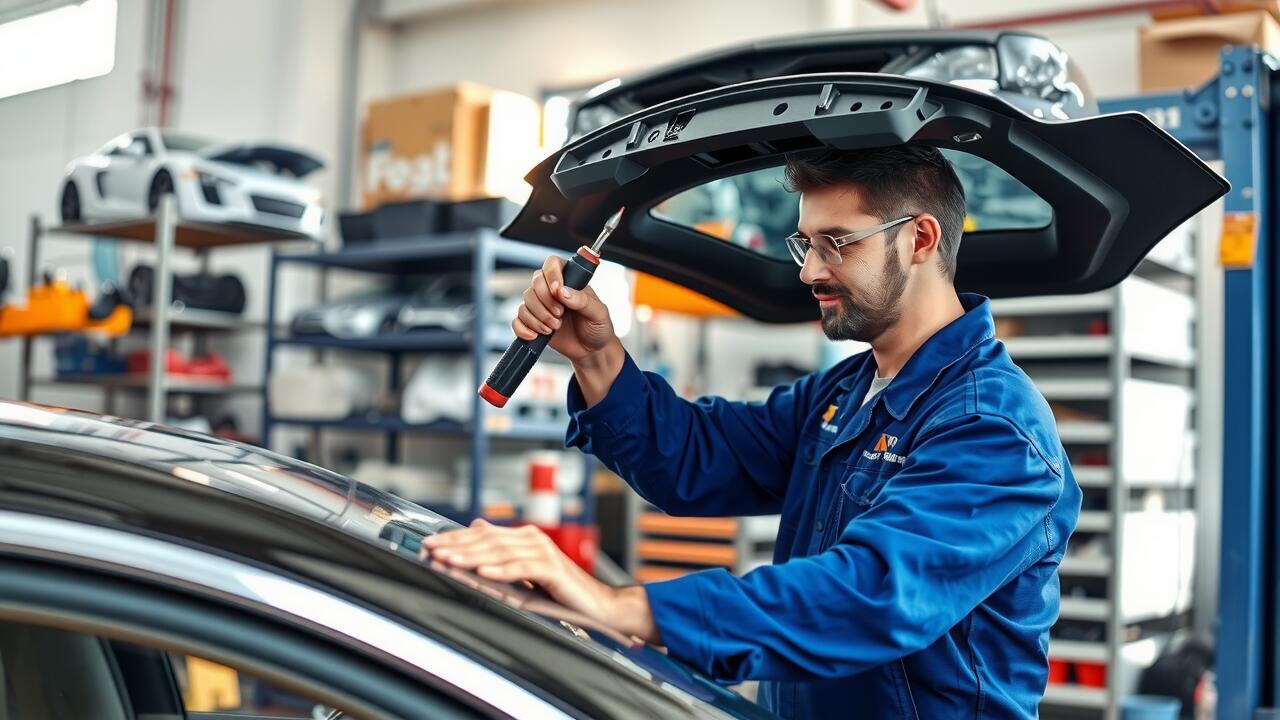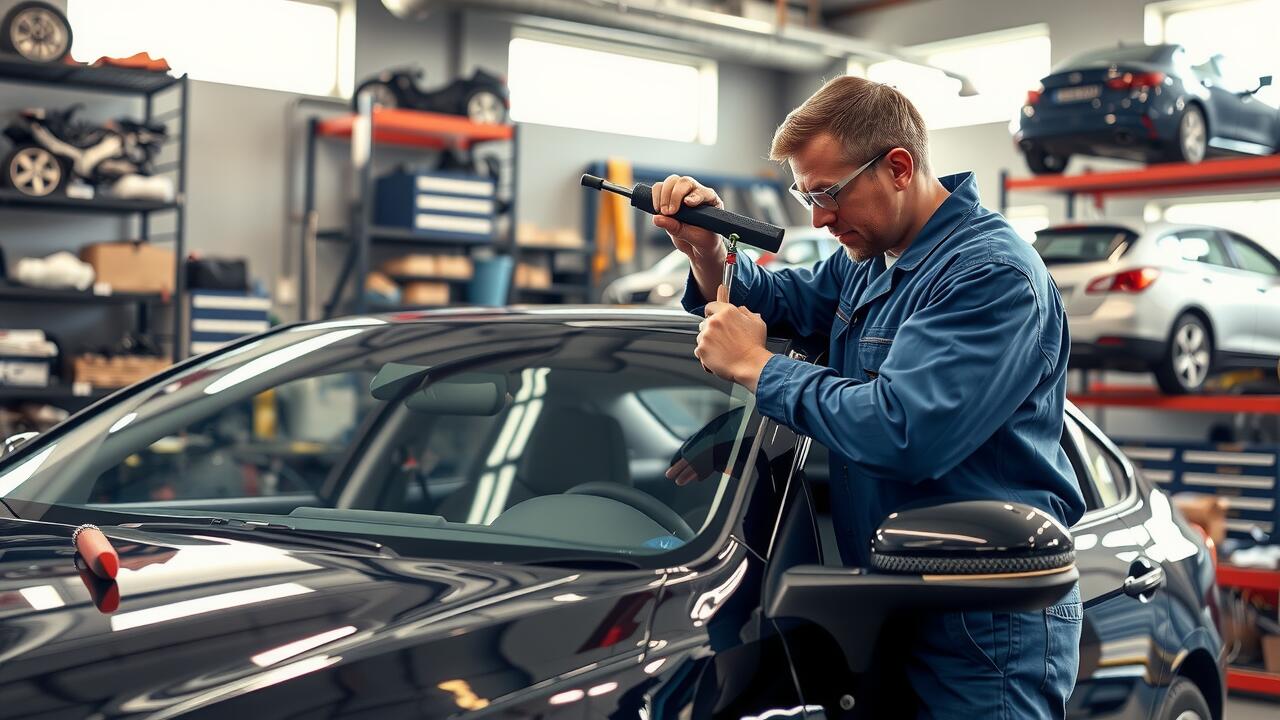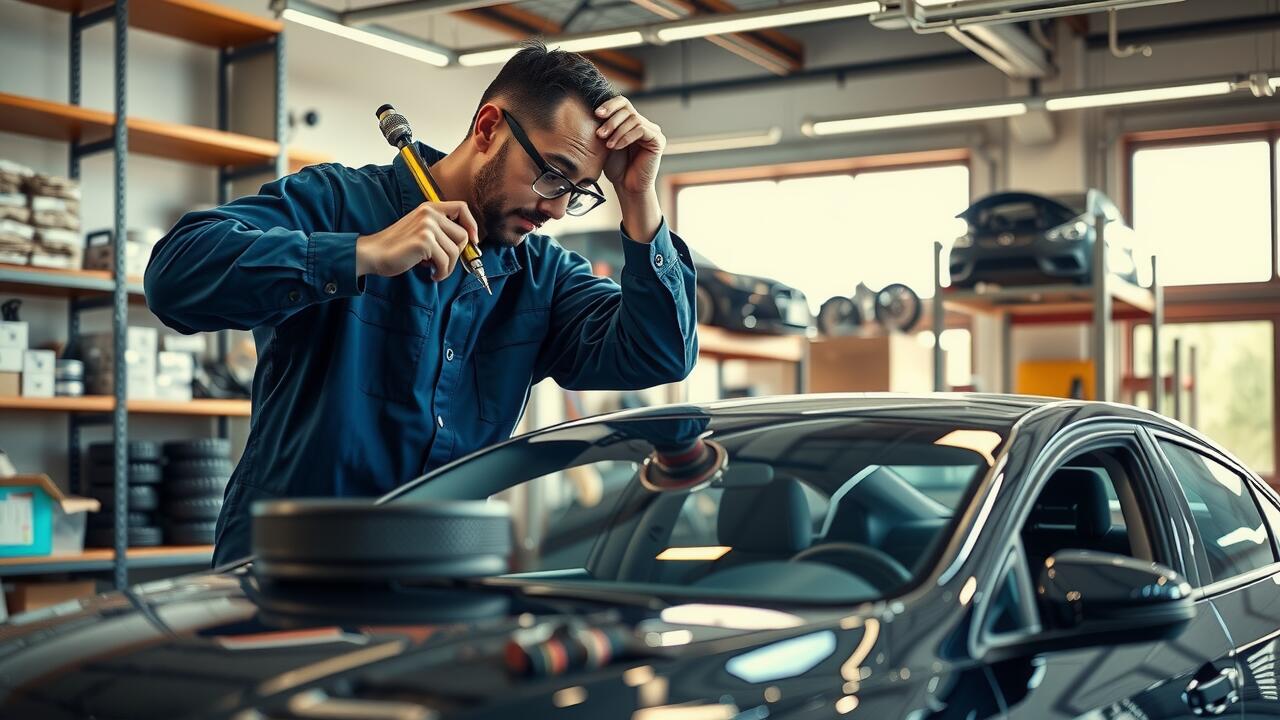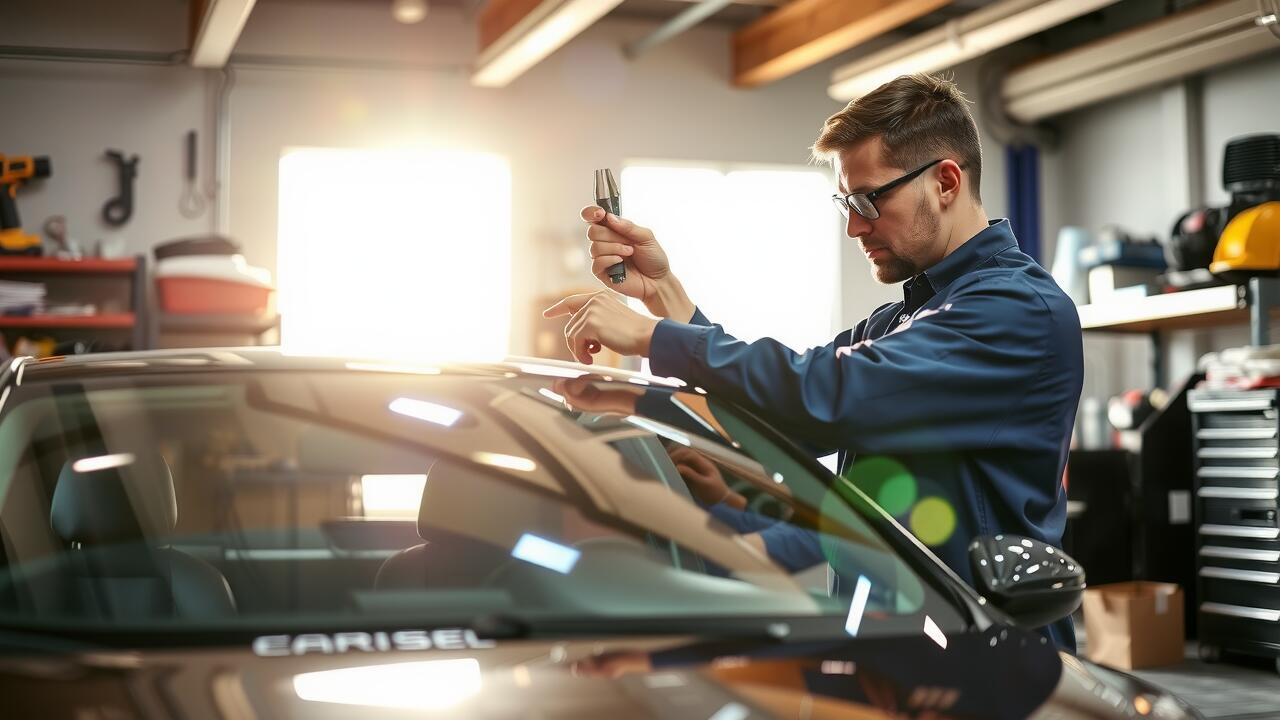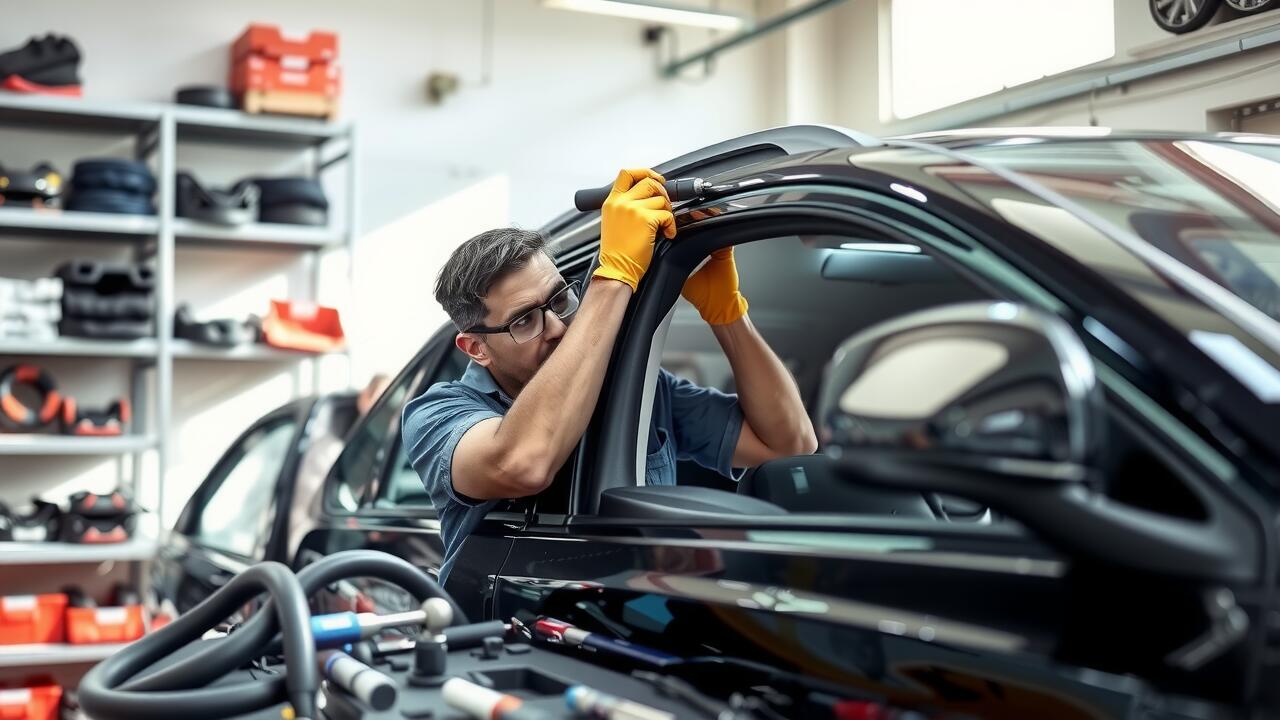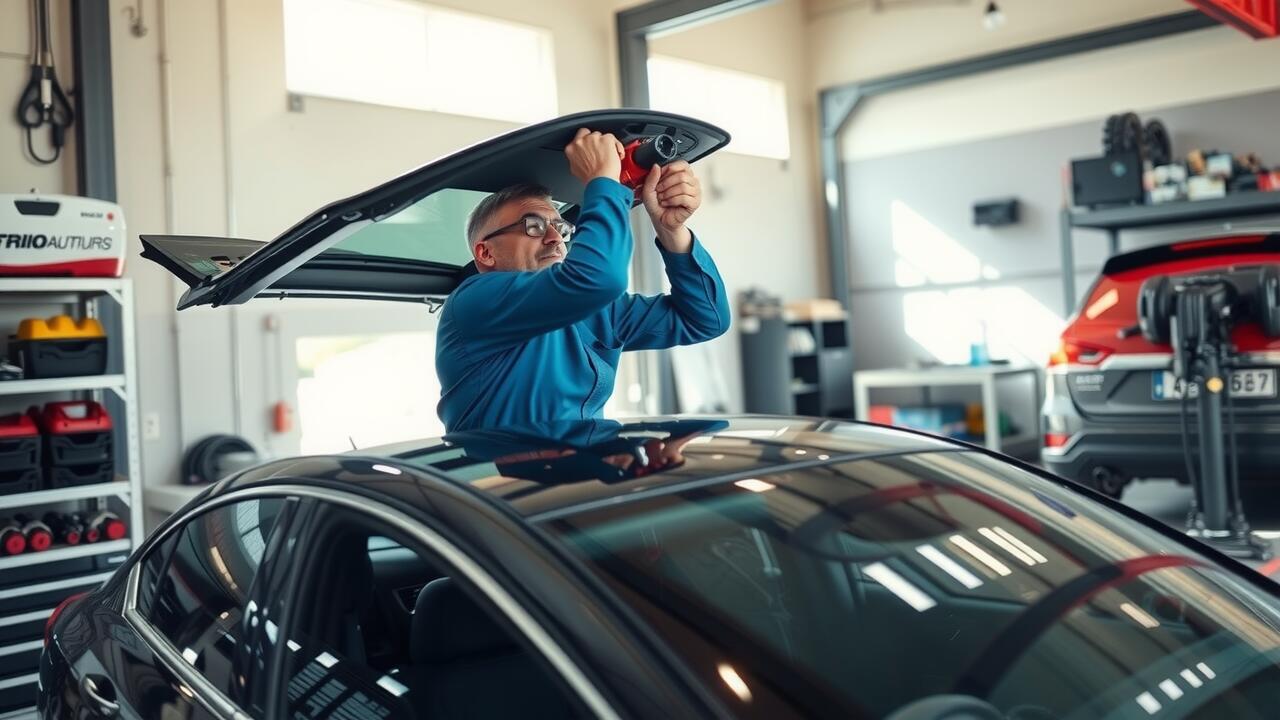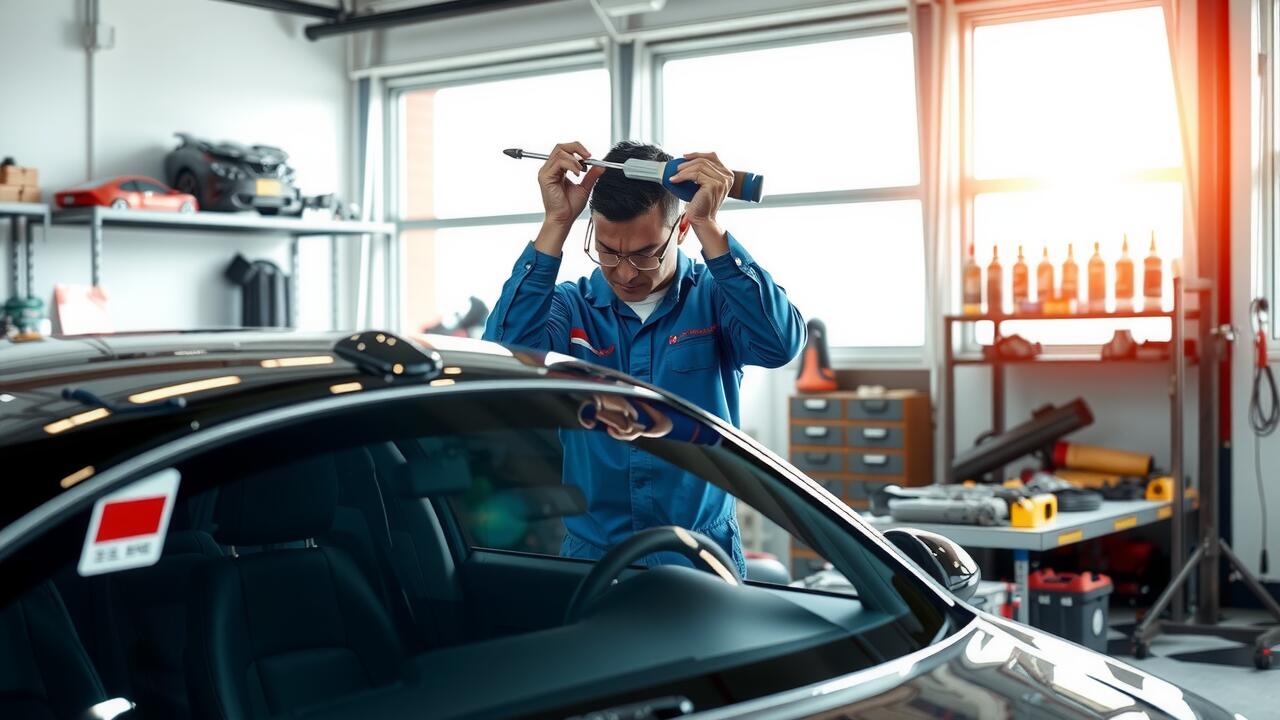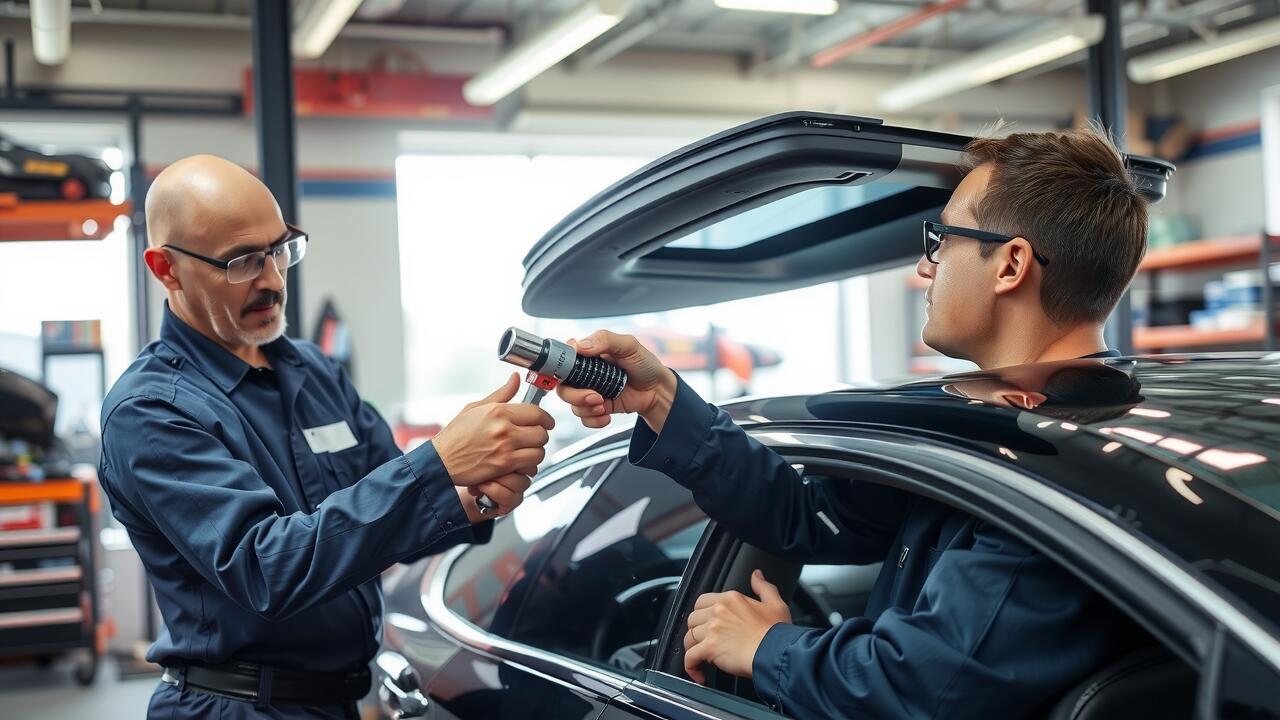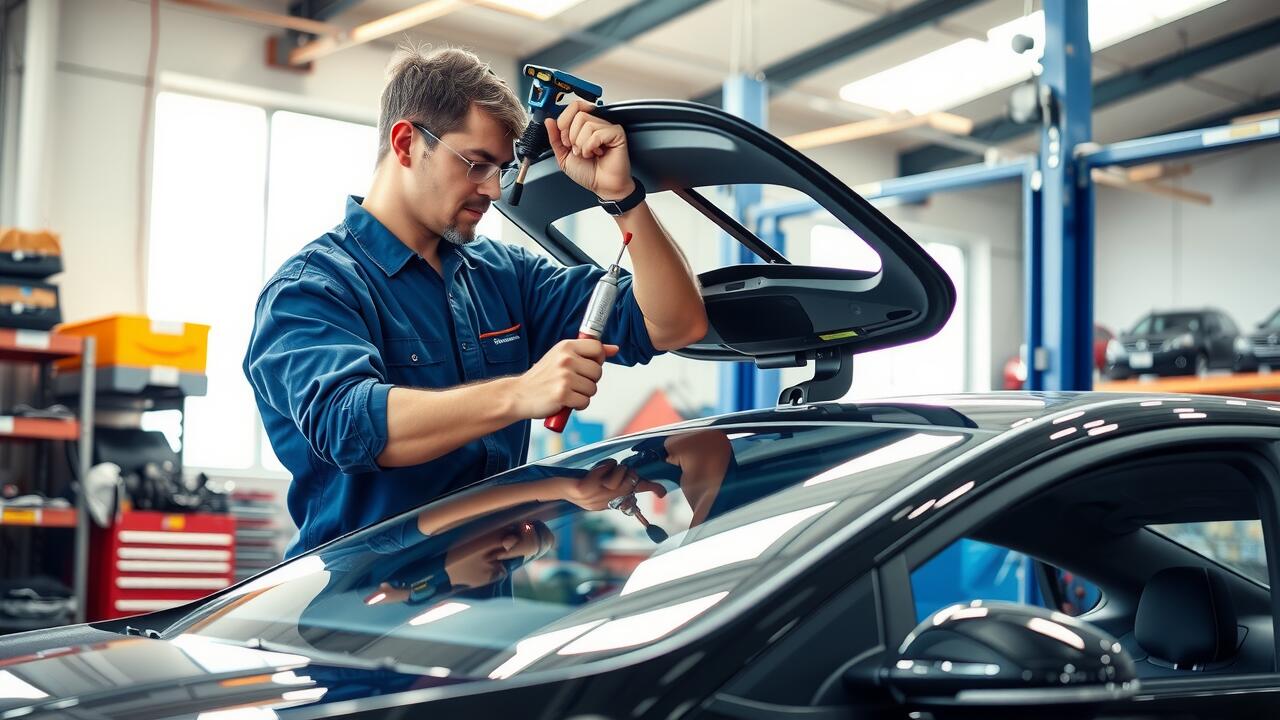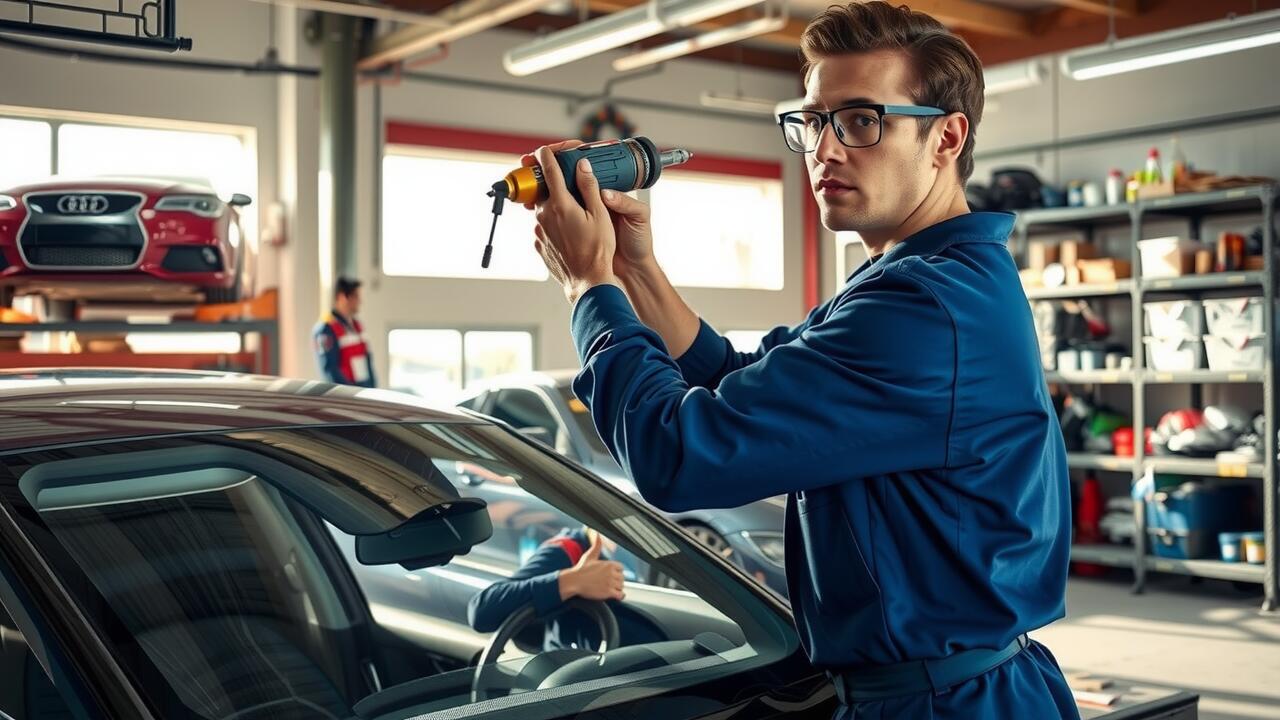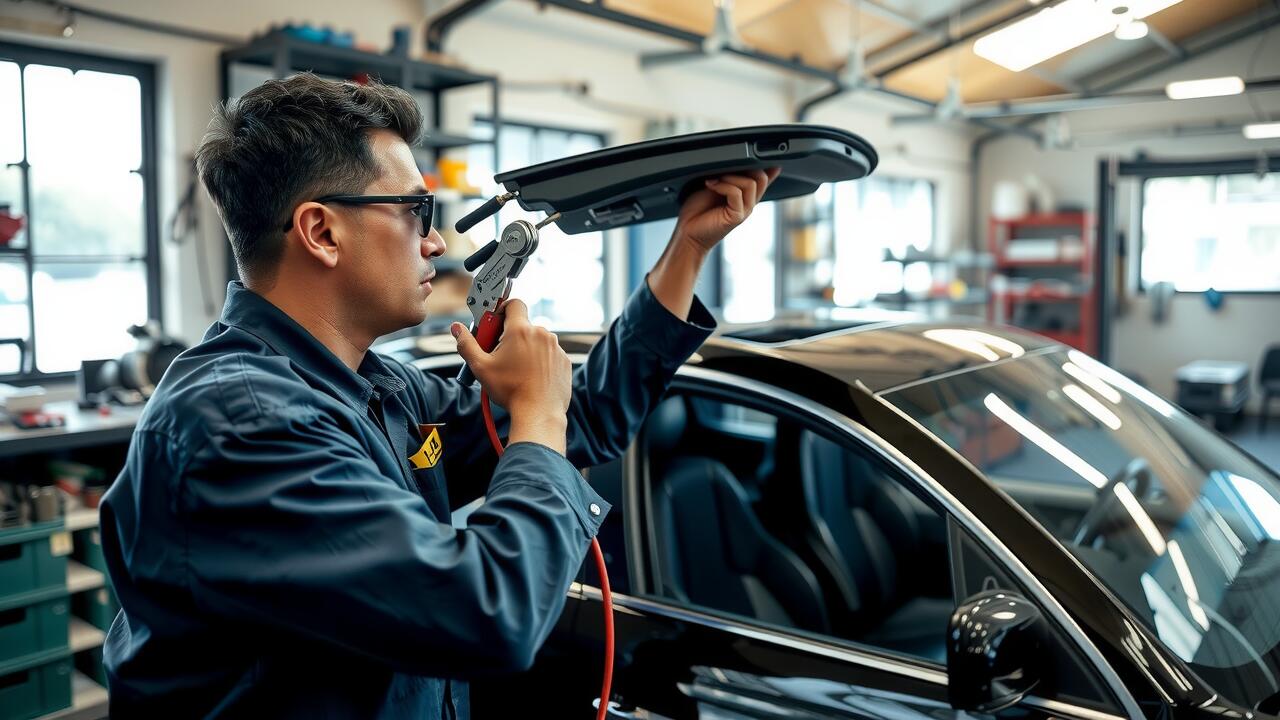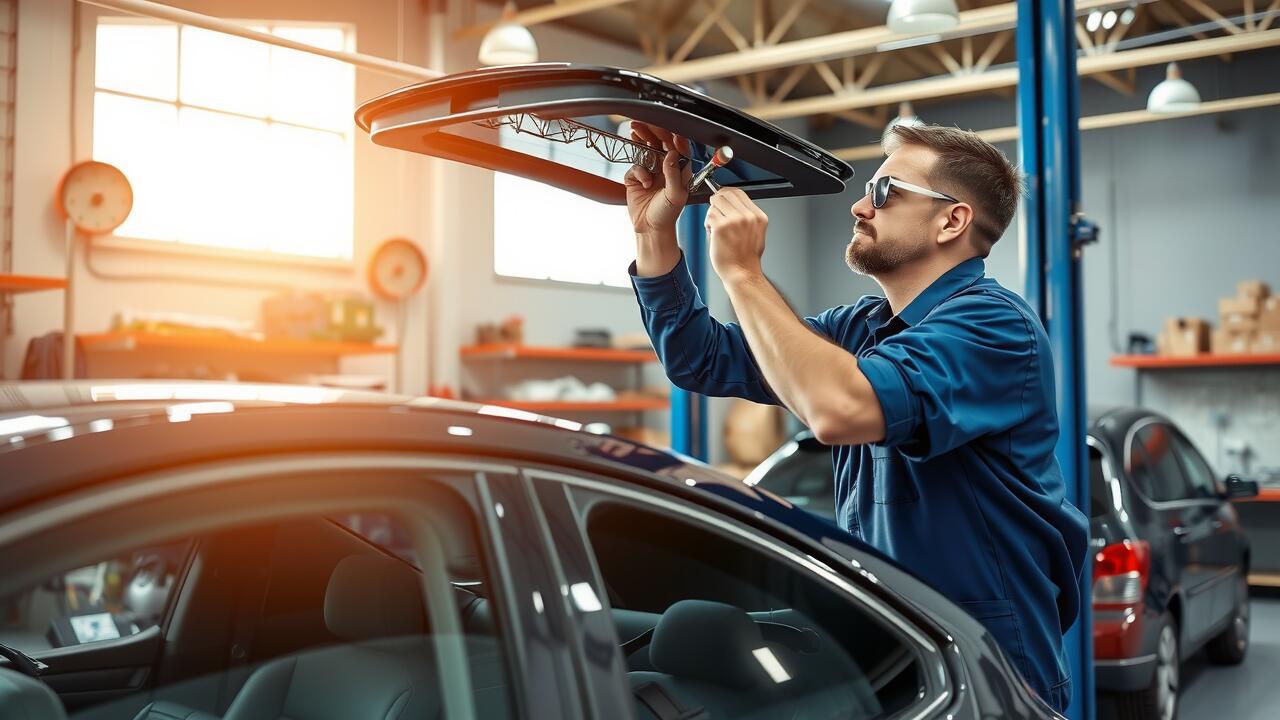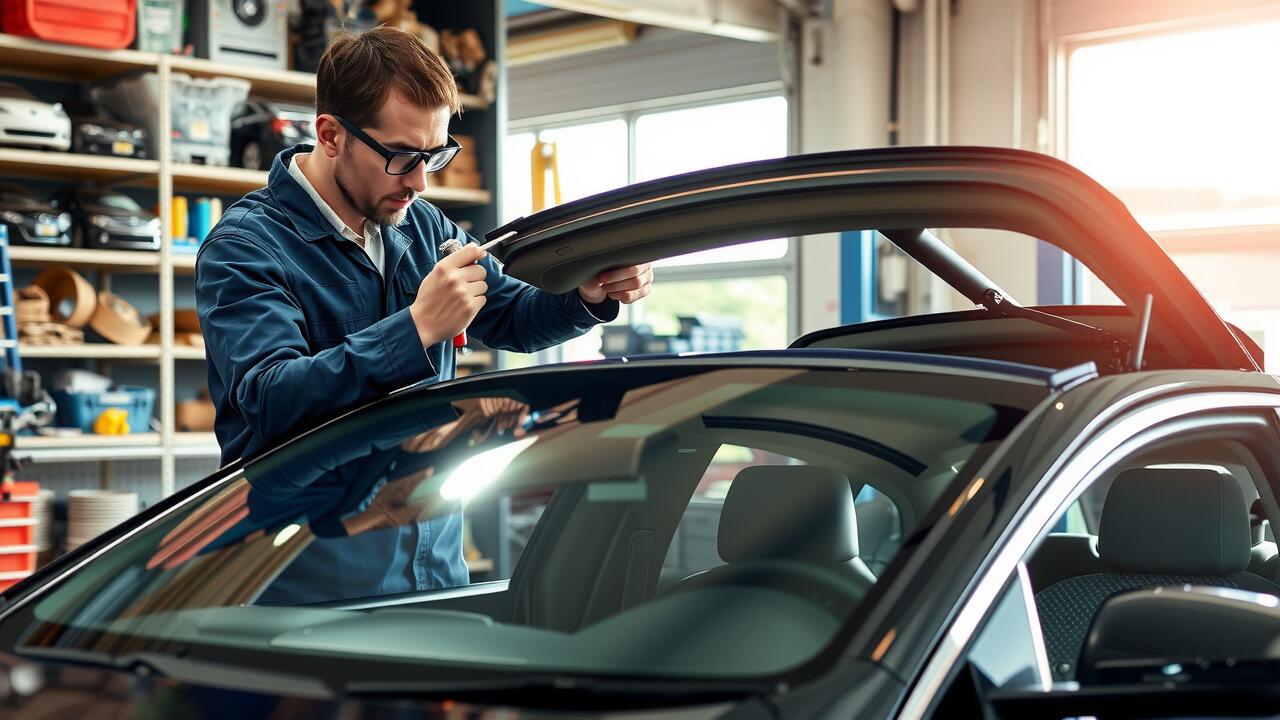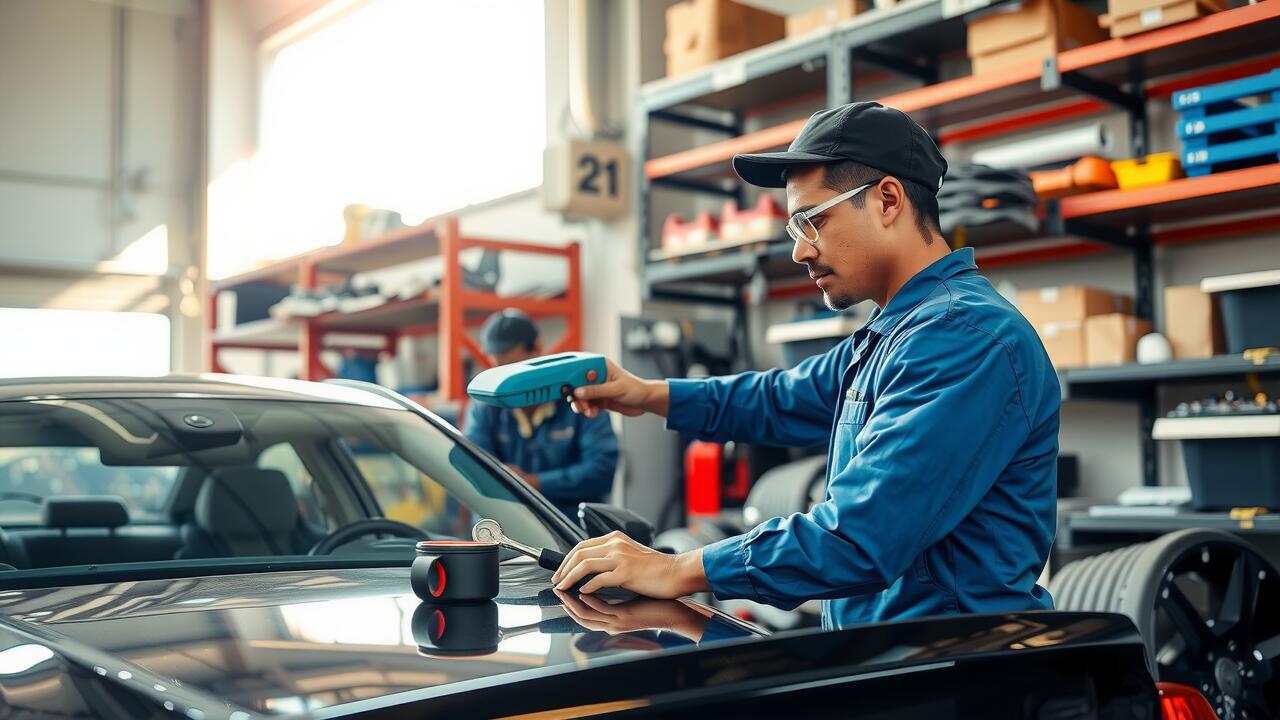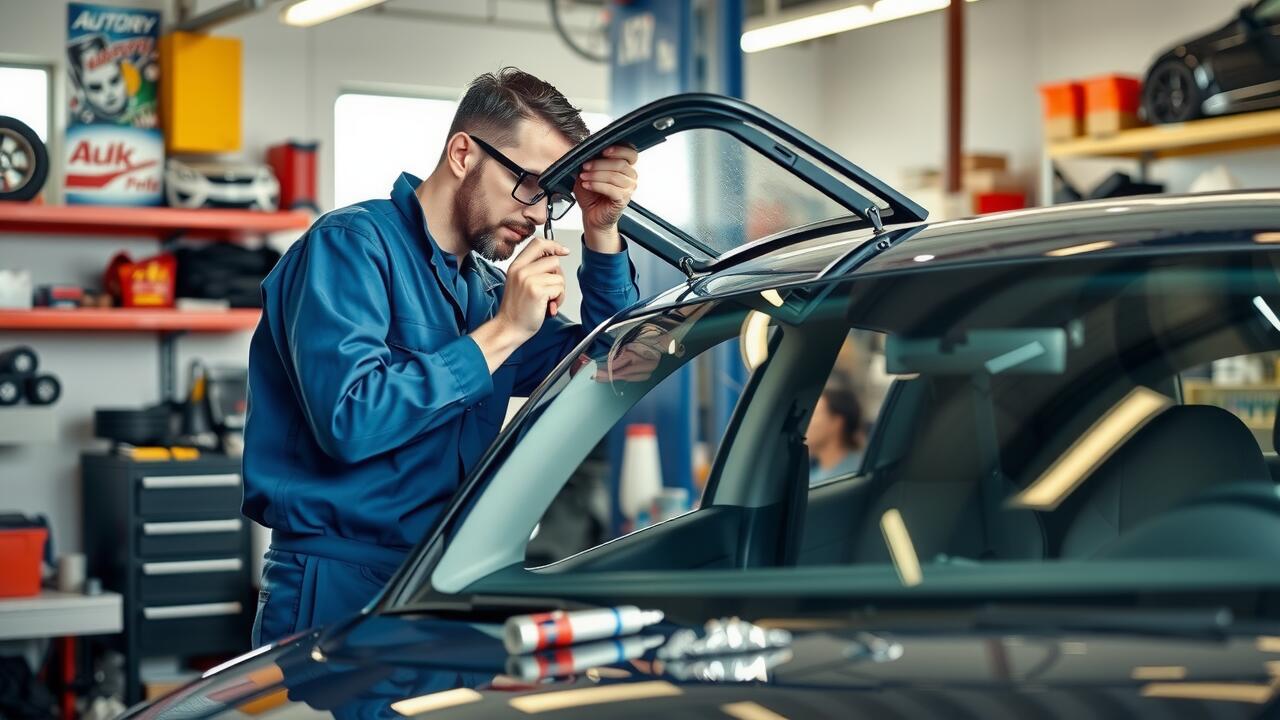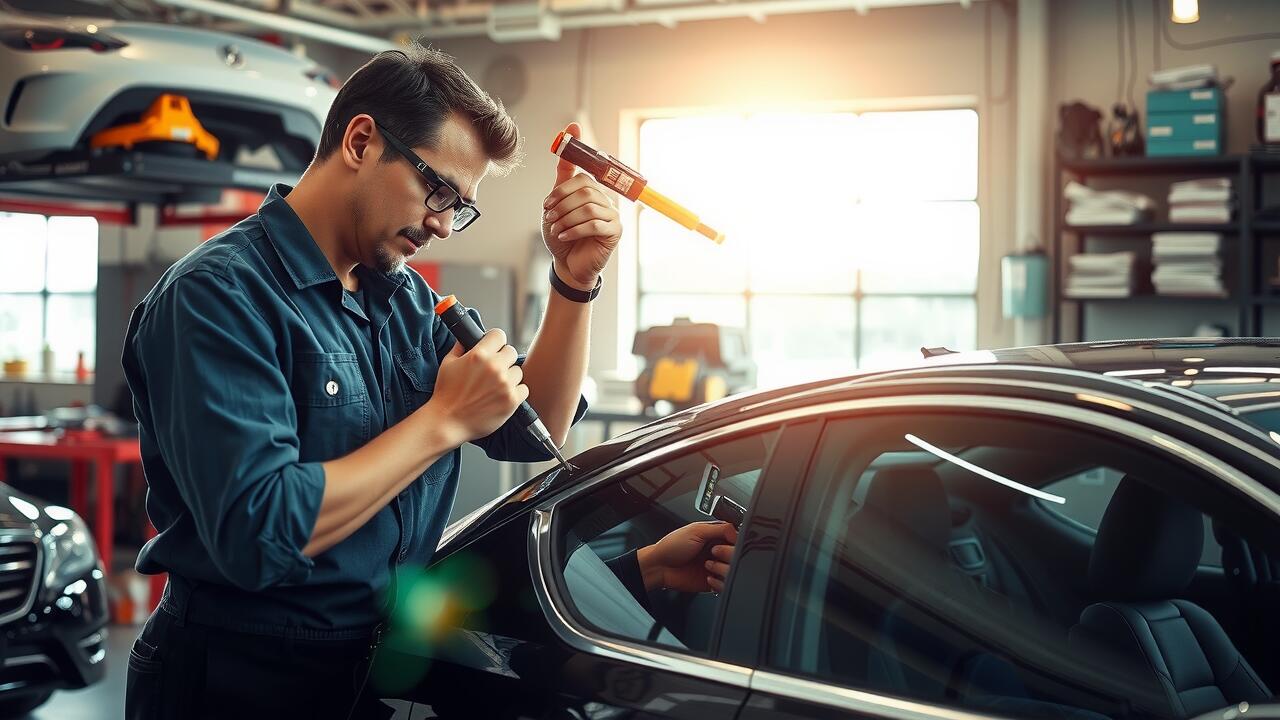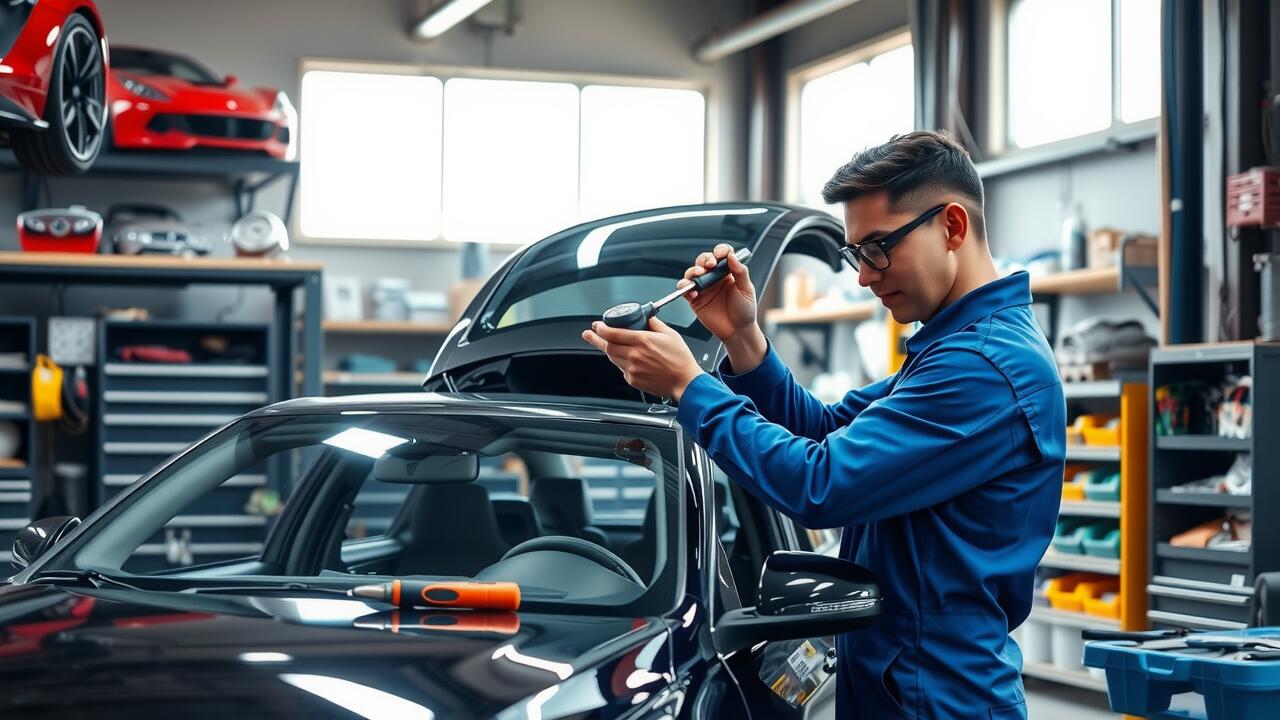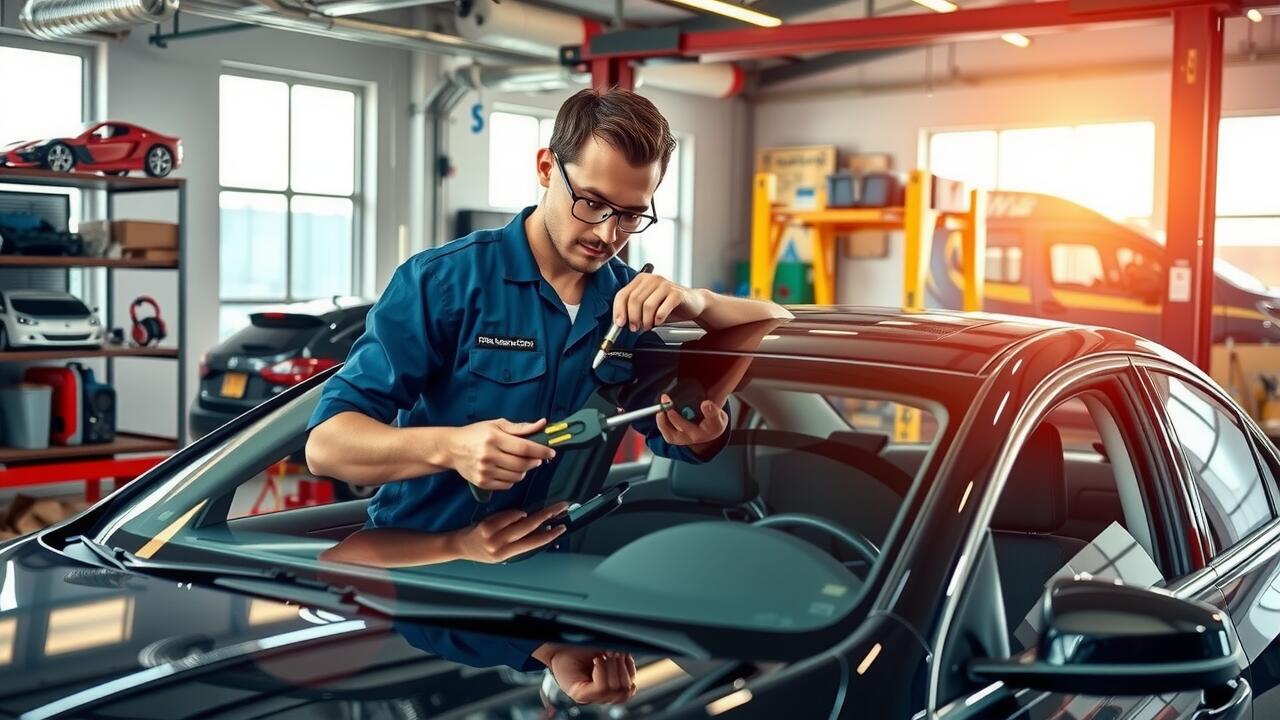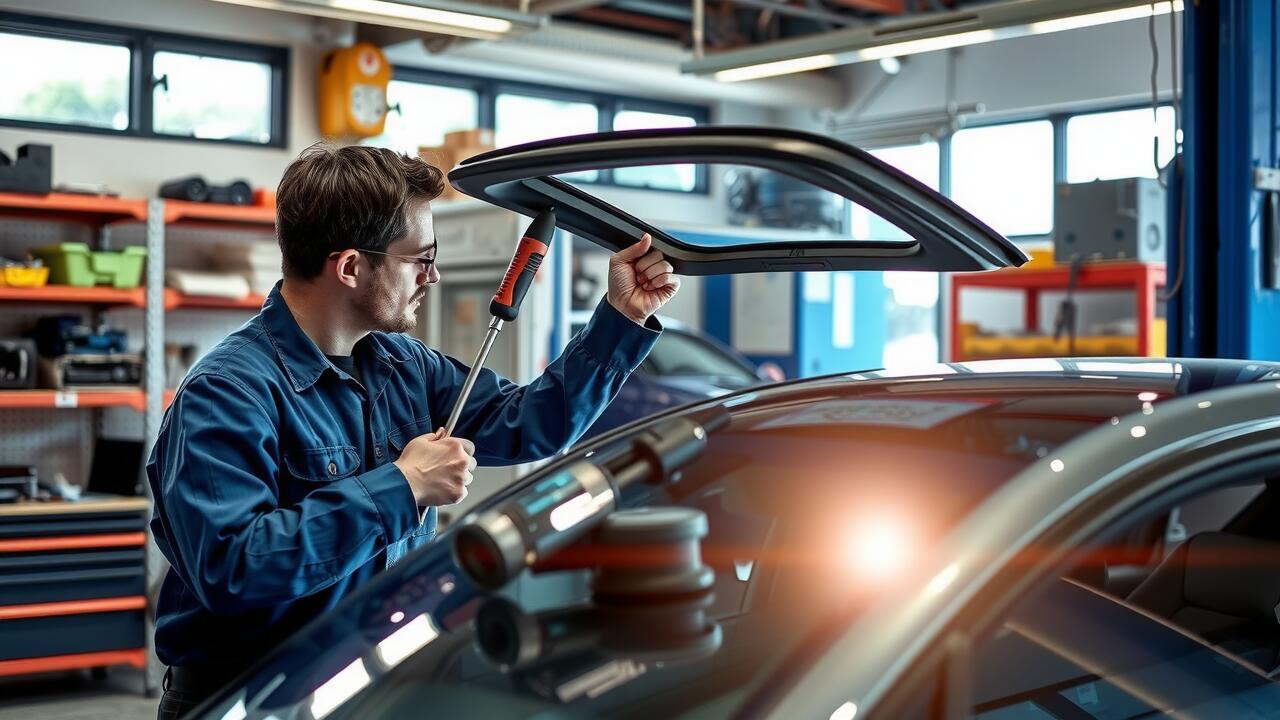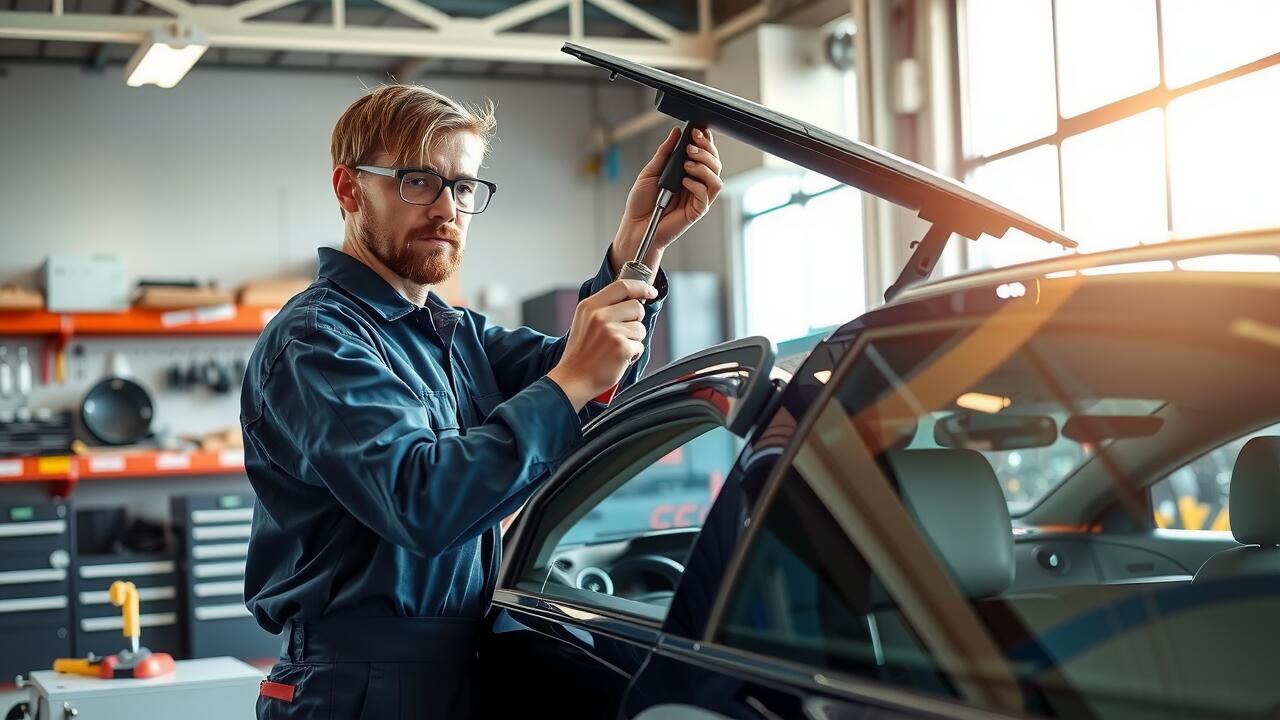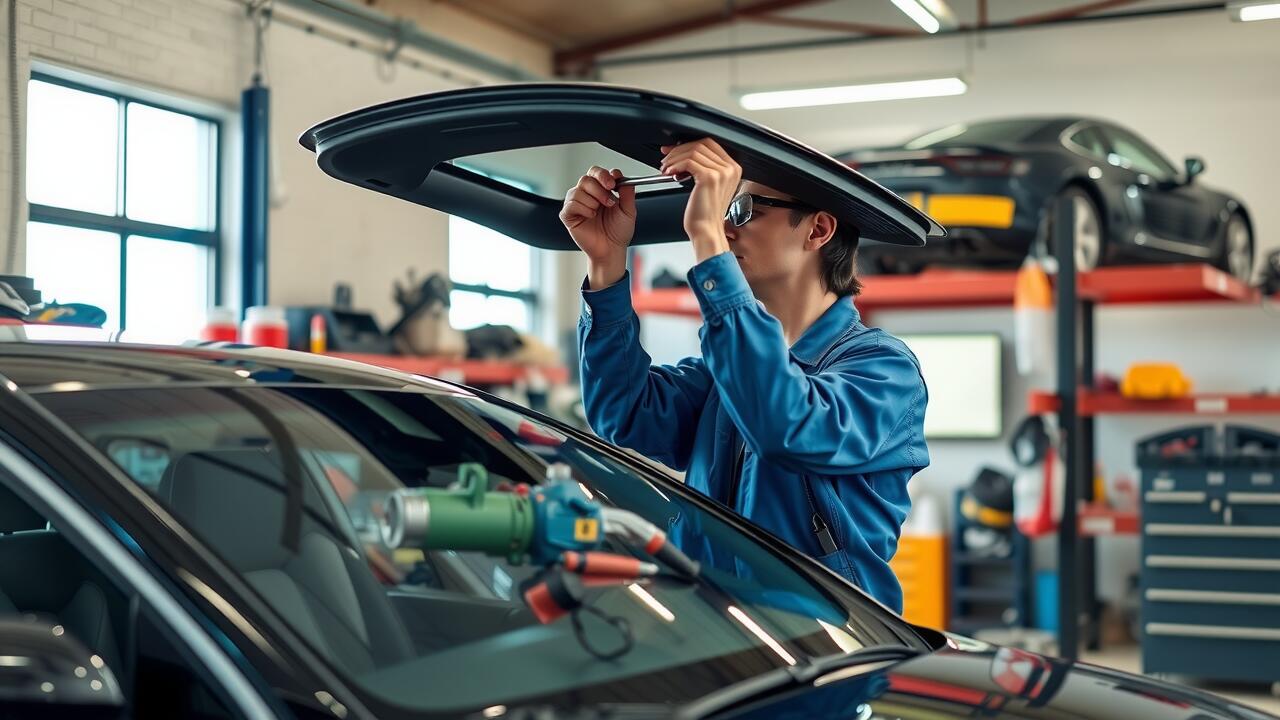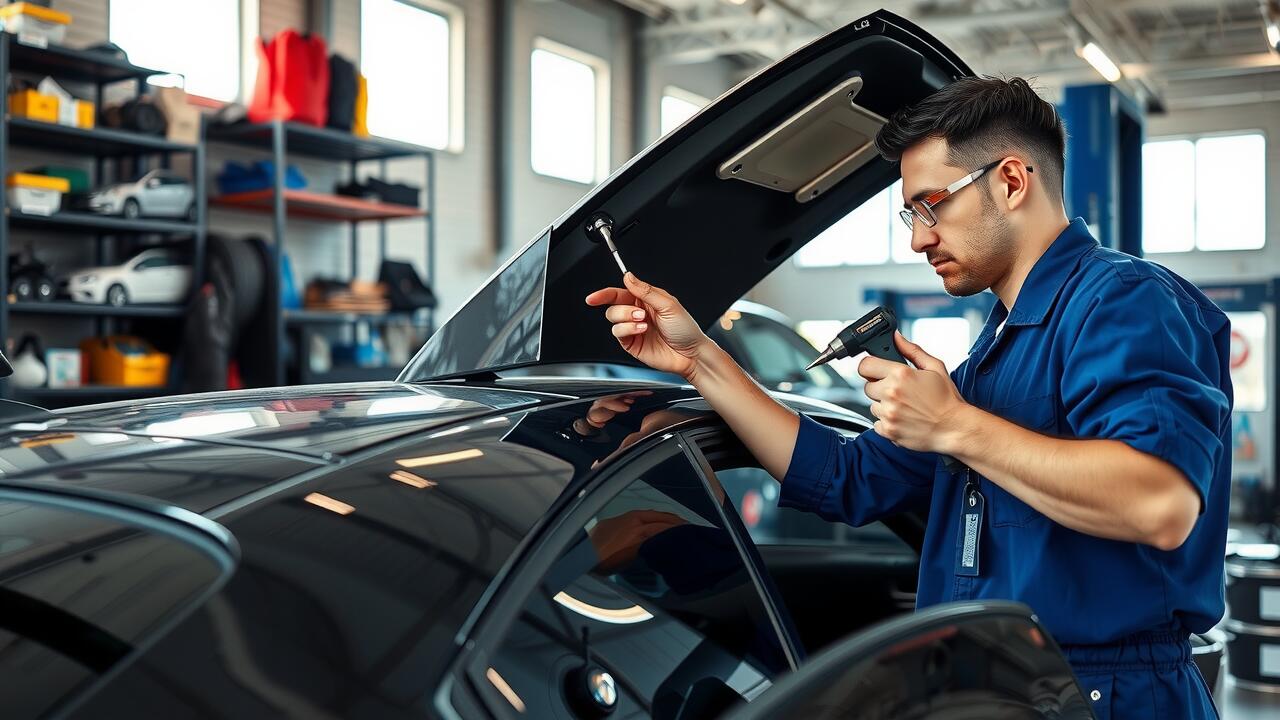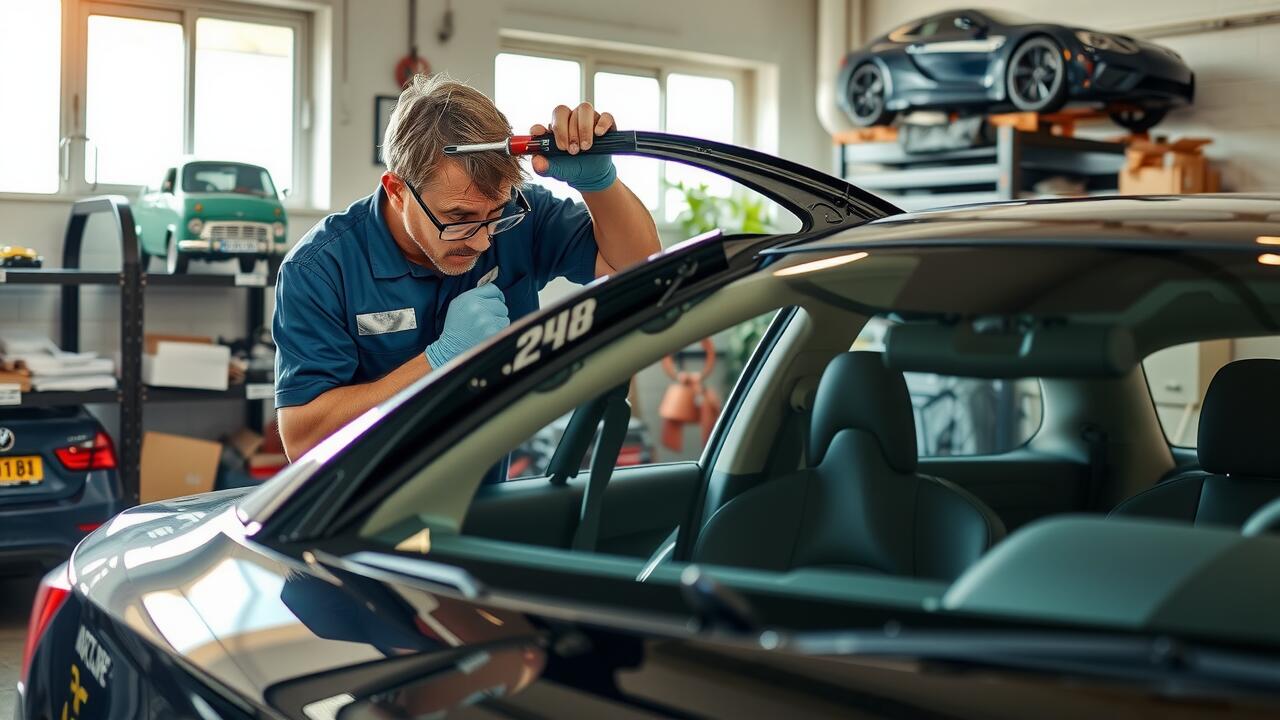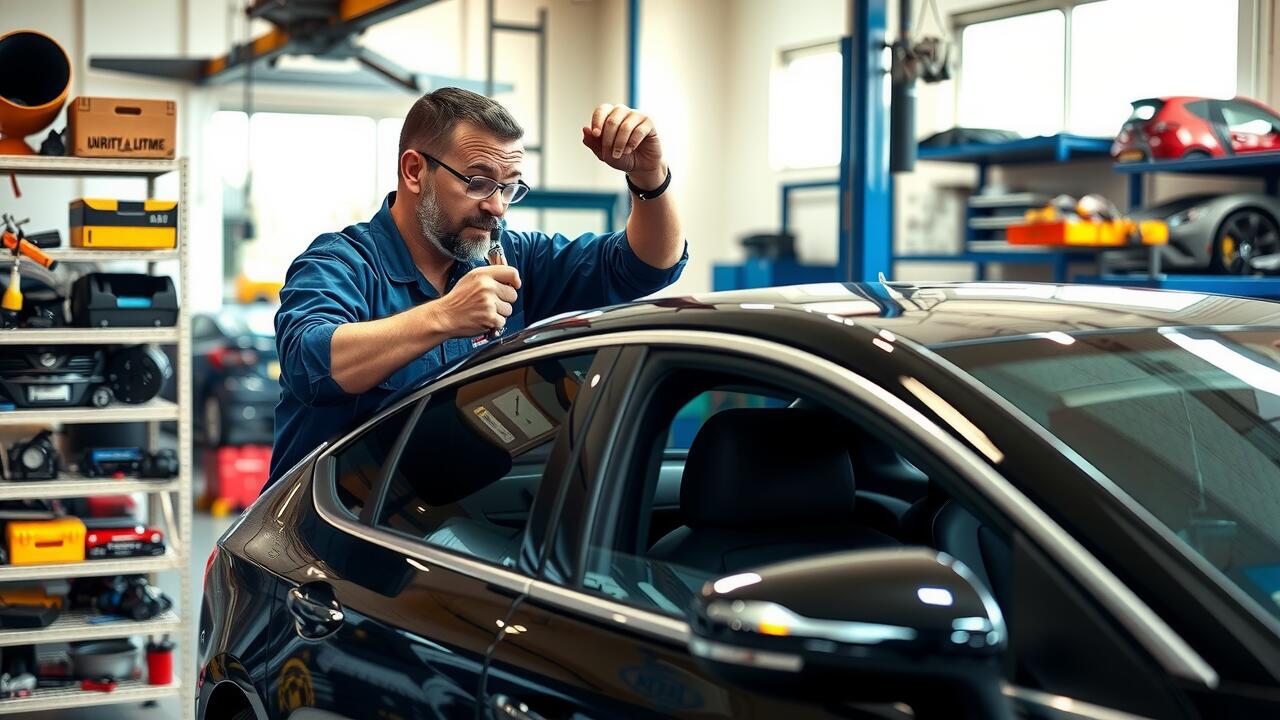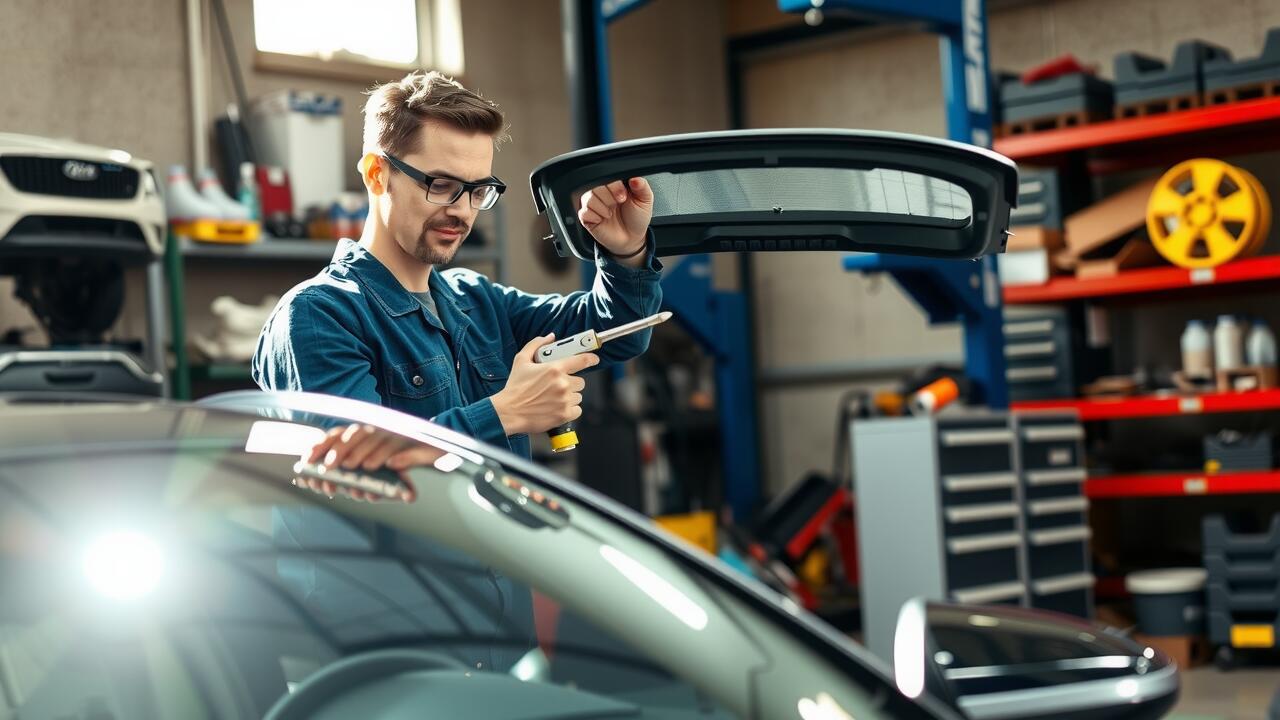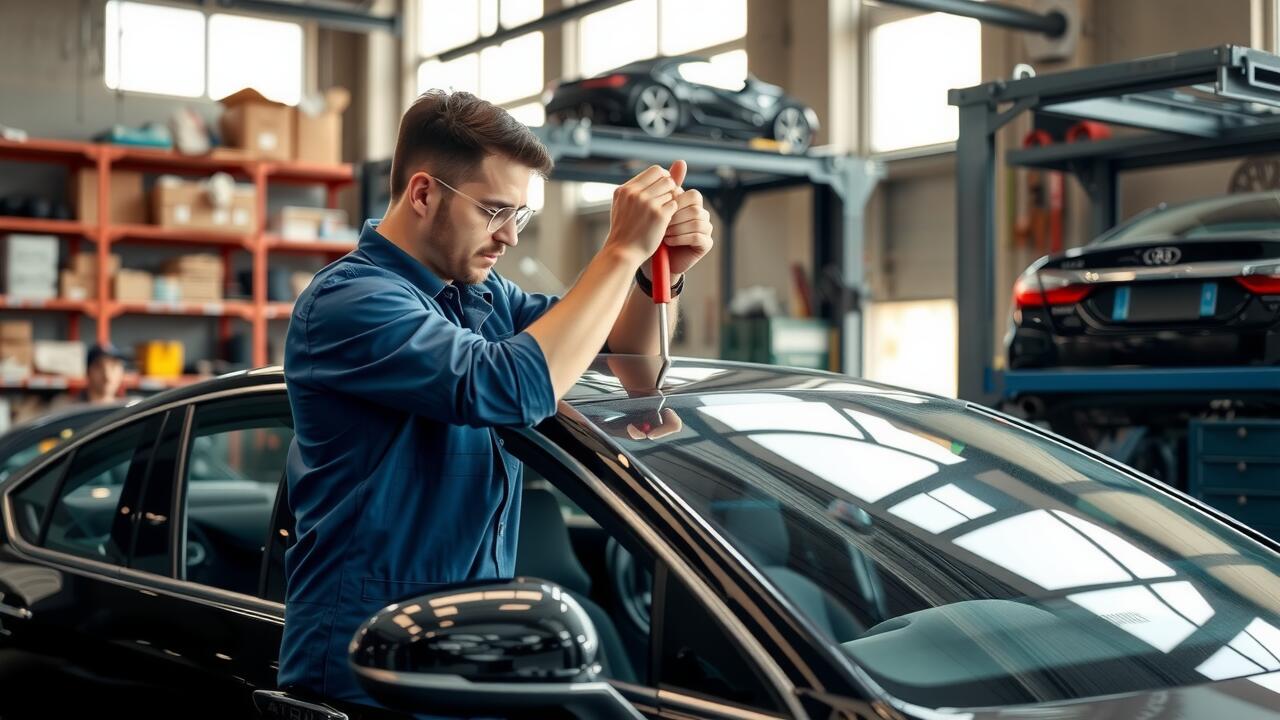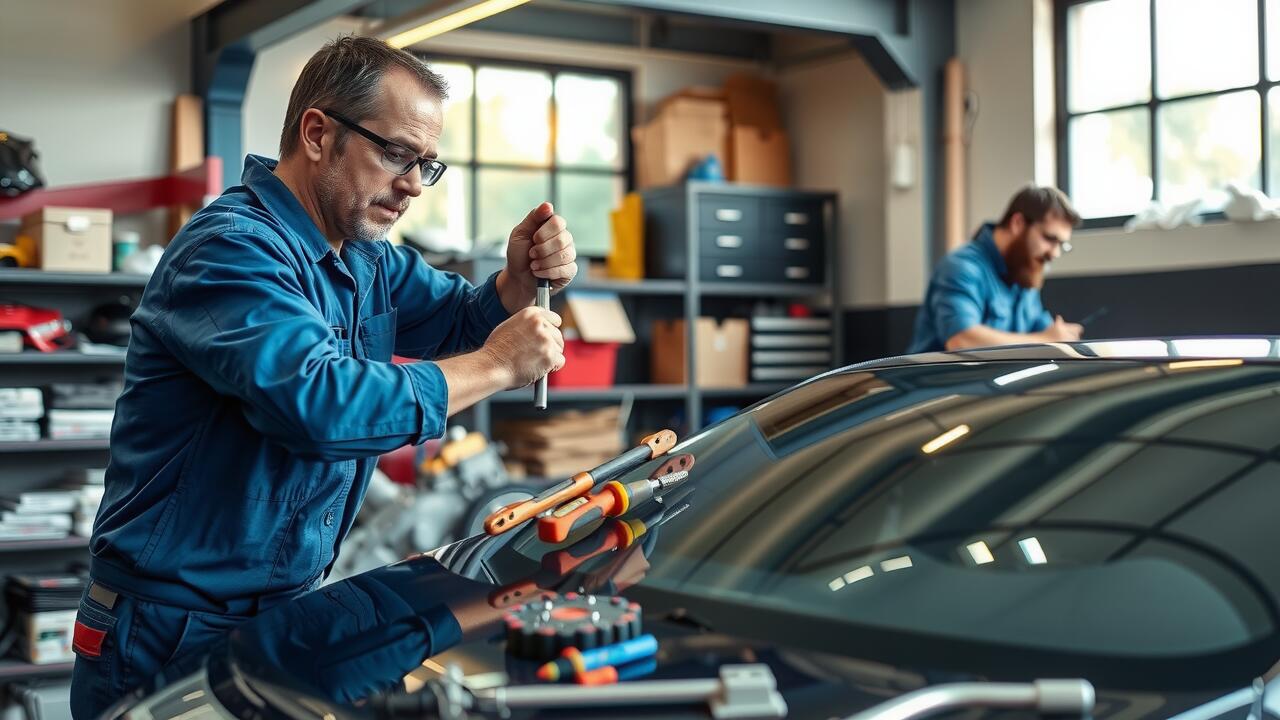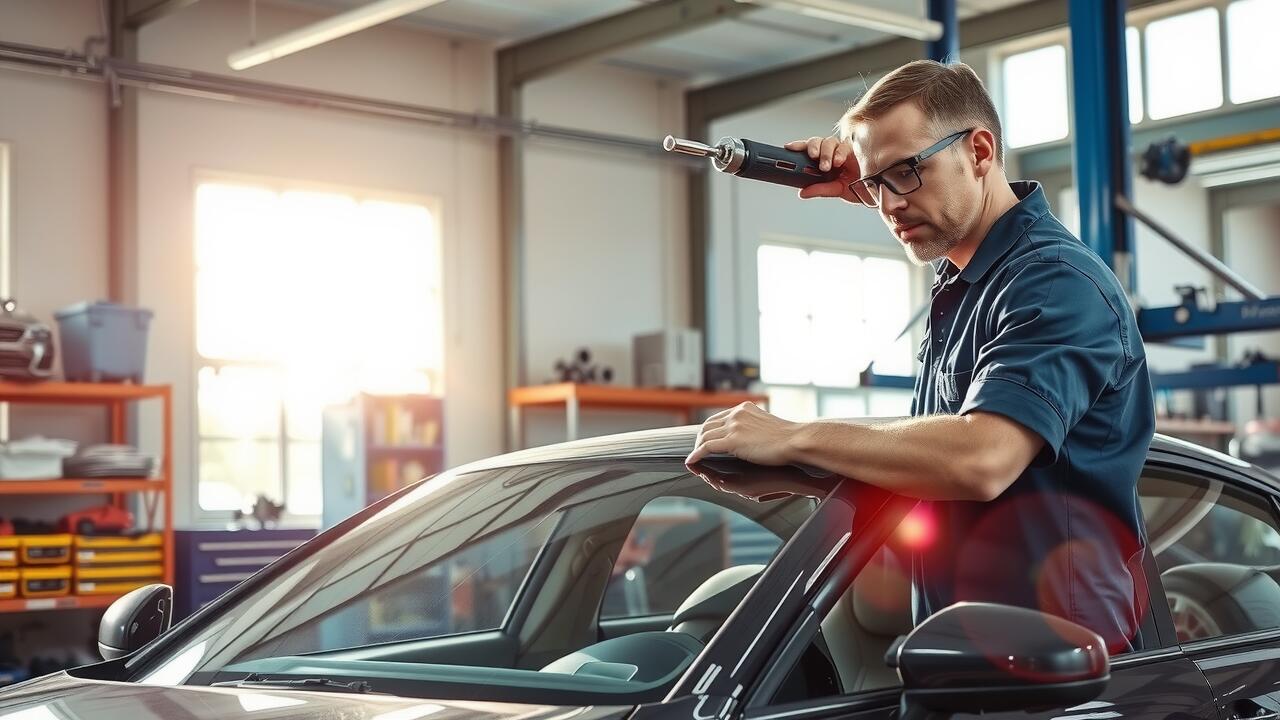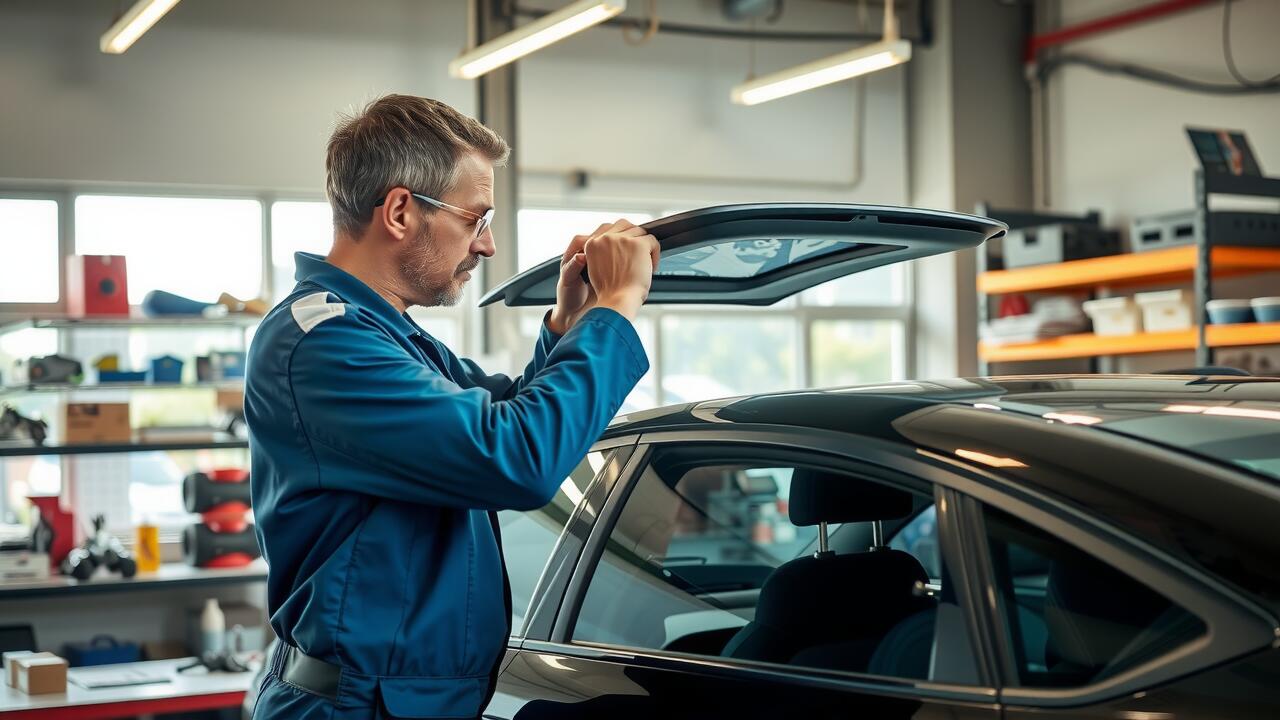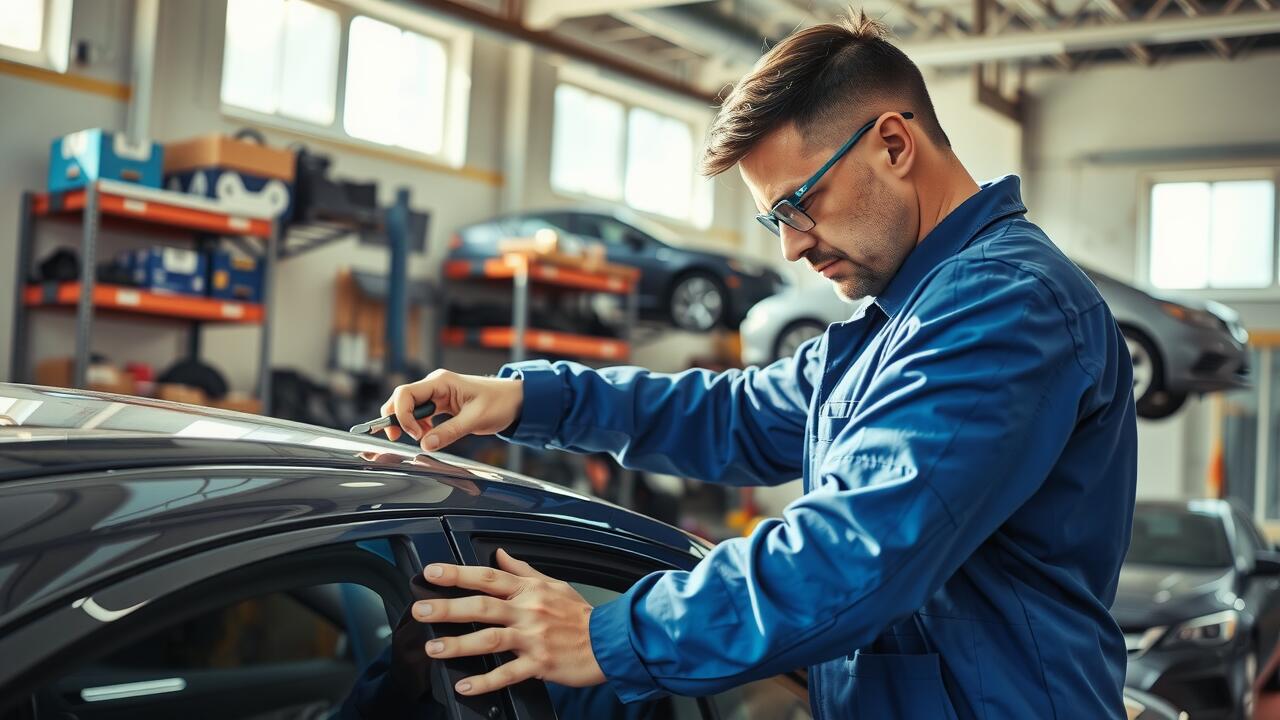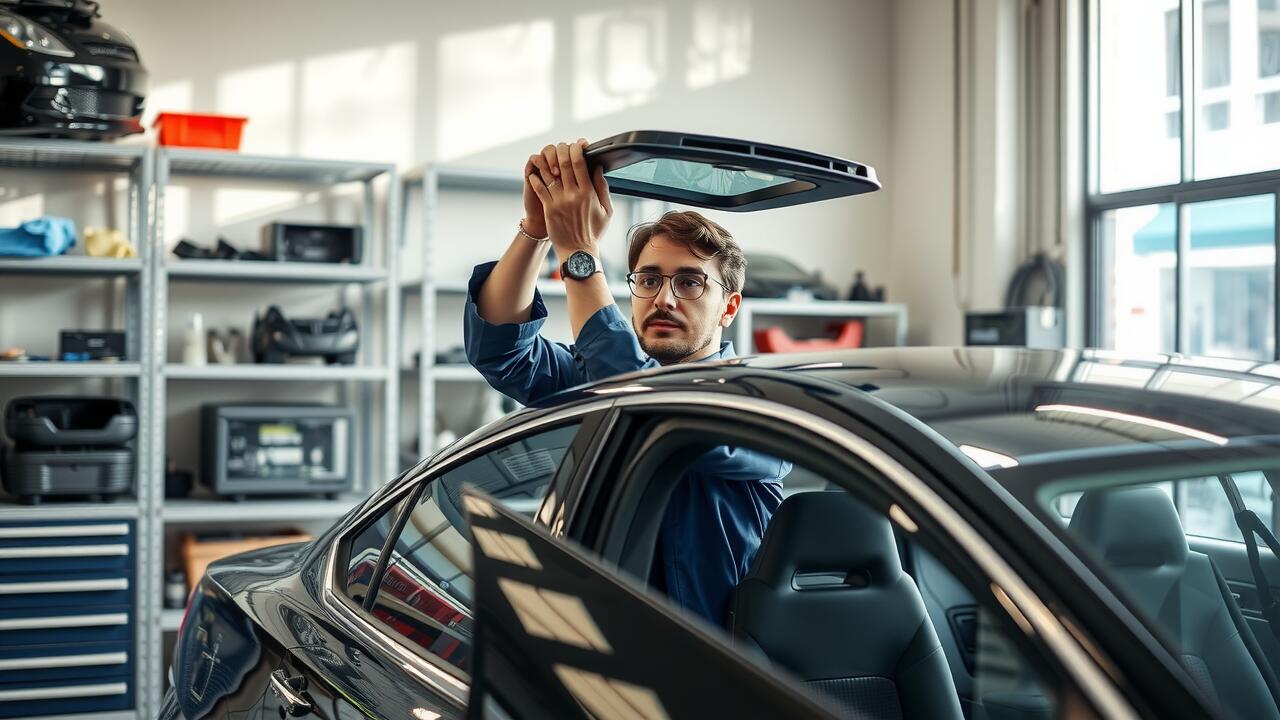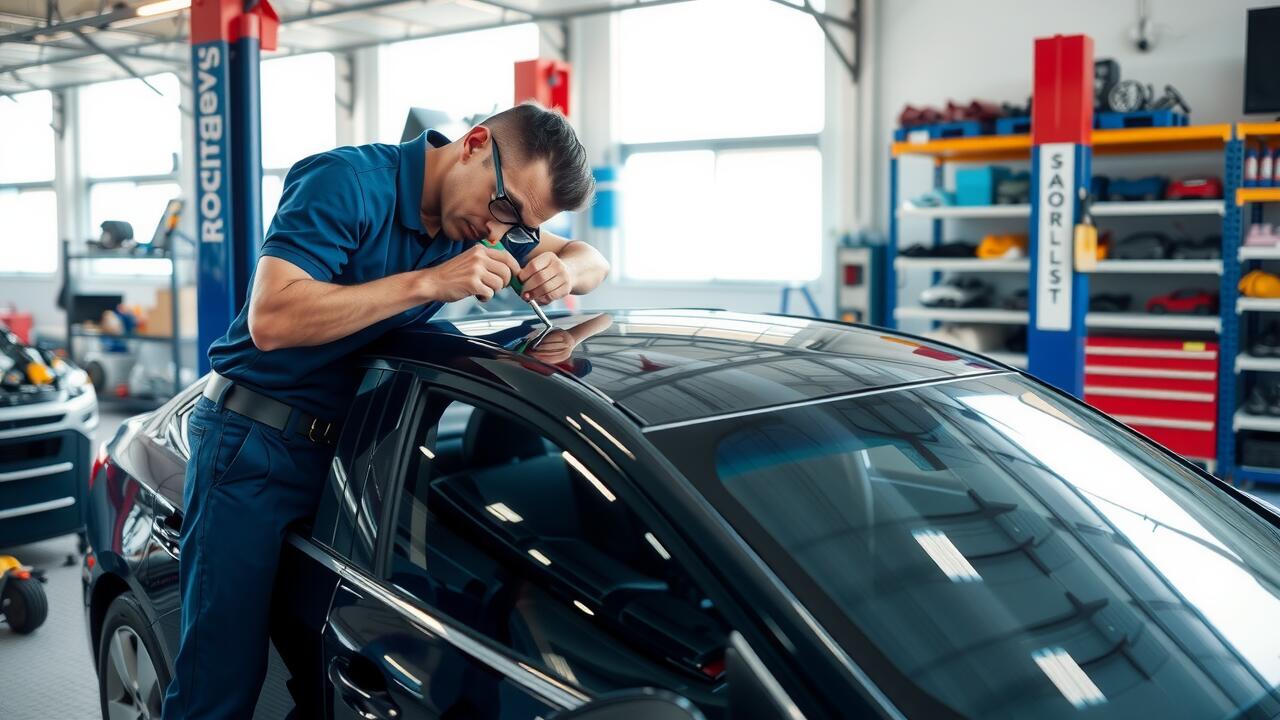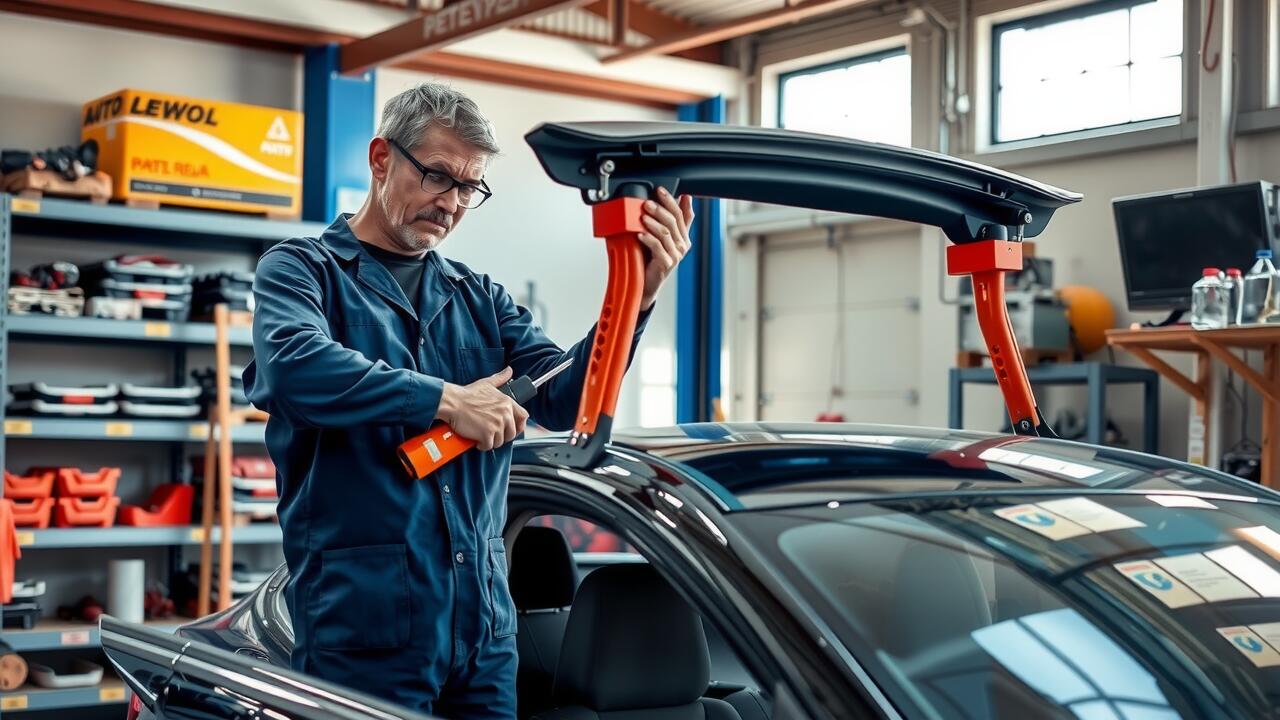
Table Of Contents
The Impact of Sunroof Leaks on Your Vehicle
Sunroof leaks can have a profound impact on the overall condition of a vehicle. Water entering through the sunroof can lead to dampness and mould within the cabin, causing significant discomfort for occupants. Additionally, persistent moisture can damage internal electronic components, compromising the functionality of features such as windows and locks. This not only affects the vehicle’s usability but may also result in costly repairs if left unaddressed.
Ignoring a leaking sunroof can further escalate issues over time. The presence of water can corrode metal parts, leading to rust and further deterioration of the vehicle's structure. In cases where the sunroof motor gets affected by water infiltration, it may require sunroof motor repair, adding to the overall expense. Regular maintenance and timely detection of leaks can mitigate these impacts, ensuring the vehicle remains in good condition.
Potential Damage to Interior Components
Water intrusion from a leaking sunroof can lead to significant damage to a vehicle's interior components. Upholstery may absorb moisture, resulting in mildew and unpleasant odours that can make the driving experience uncomfortable. Additionally, electronic components located in the headliner or dashboard can suffer from humidity exposure, leading to malfunctions and costly repairs.
As leaks persist, the impact on the sunroof motor becomes a critical concern. Accumulated water can corrode connections and interfere with the mechanism’s smooth operation. In cases where the motor fails due to water damage, a sunroof motor repair may be necessary, adding to the overall costs of maintaining the vehicle's interior integrity.
Types of Sunroofs and Their Leak Risks
Sunroofs come in various designs, each with unique features and potential vulnerability to leaks. Panoramic sunroofs, which are larger and often extend over both rows of seating, can be prone to issues due to their expansive nature. The sealant used around the edges may degrade over time, leading to water intrusion. In contrast, pop-up sunroofs usually have fewer mechanical components and simpler designs; however, their hinges and seals can also wear down, causing leaks if not maintained properly.
Built-in sunroofs typically feature a sliding mechanism and a more complex assembly, increasing the chances of component failure. Common problems can arise with the drainage system, which plays a crucial role in directing water away from the interior. Blocked drains can lead to accumulated water, resulting in leaks and requiring services like sunroof motor repair. Understanding the specific risks associated with each sunroof type helps vehicle owners take preventive measures before leaks become significant issues.
Comparing Panoramic, Pop-up, and Built-in Designs
Panoramic sunroofs offer a bold design choice, often extending across a significant portion of the roof. Their expansive glass panels can enhance the driving experience by flooding the cabin with natural light. However, the complexity of the sealing mechanisms can make them prone to leaks. Owners may find themselves needing sunroof motor repair more frequently compared to simpler designs, especially if the sunroof is not properly maintained.
Pop-up sunroofs, which tilt open rather than sliding back, typically have fewer parts and a less complex sealing system. This design can lead to a lower risk of leaks, making them a popular choice for many drivers. Built-in sunroofs, however, come with their own challenges. While they offer a seamless integration into the vehicle's design, their seals can wear over time, leading to potential leaking issues. Regular inspections are crucial to prevent situations where sunroof motor repair becomes necessary due to accumulated water damage.
Long-Term Effects of Sunroof Leaks
Long-term exposure to leaks from a sunroof can lead to significant issues within a vehicle that extend beyond immediate water damage. Water intrusion can cause rust to form in critical areas, potentially compromising the integrity of the vehicle's structure. If the interior carpets and upholstery remain damp for extended periods, mould can develop, leading to unpleasant odours and health concerns for occupants. This persistent dampness also affects electronic components, creating a higher risk of electrical failures.
In addition to structural issues, the need for sunroof motor repair may arise as water can seep into the motor housing, leading to corrosion and eventual malfunction. This repair can be costly and time-consuming, especially if the leak has gone unaddressed for a lengthy period. Consistent maintenance and inspection of the sealing mechanisms around sunroofs can help prevent these long-term complications, ensuring that water doesn’t wreak havoc on a vehicle's interior and functionality.
Issues Beyond Immediate Water Damage
Water damage from sunroof leaks can lead to more than just unsightly puddles inside your vehicle. Over time, persistent moisture can cause mould and mildew to develop, posing health risks to occupants. Additionally, rust can form in the vehicle's structural components, undermining the integrity of the bodywork. Damage may extend to the electrical systems that run through the roof, leading to potential malfunctions in lighting or infotainment systems.
Moreover, neglected leaks can result in the need for sunroof motor repair. If the motor becomes waterlogged, it may fail to operate correctly, preventing the sunroof from opening or closing. The accumulation of water also creates ideal conditions for corrosion, which can lead to expensive repairs down the line. Addressing a leak promptly helps prevent these cascading issues, safeguarding both the vehicle's appearance and functionality.
FAQS
Do all sunroofs eventually leak?
While not all sunroofs will leak, many can develop issues over time due to wear and tear, poor maintenance, or design flaws. Regular inspection and maintenance can help prevent leaks.
What are the common causes of sunroof leaks?
Common causes of sunroof leaks include clogged drainage channels, damaged seals, and structural issues with the vehicle. Environmental factors like debris, heavy rain, and freezing temperatures can also contribute.
How can I tell if my sunroof is leaking?
Signs of a leaking sunroof include water stains on the interior, damp carpets, or pooling water on the floor. You may also notice a musty smell if moisture is trapped.
Can I fix a sunroof leak myself, or should I seek professional help?
Minor issues, such as unclogging drainage channels or replacing worn seals, can often be tackled DIY. However, if the problem persists or involves structural damage, it’s best to consult a professional.
What long-term damage can a sunroof leak cause to my vehicle?
Long-term damage from sunroof leaks can include mould growth, corrosion of metal components, and damage to electrical systems. This can lead to costly repairs and affect the overall value of your vehicle.
